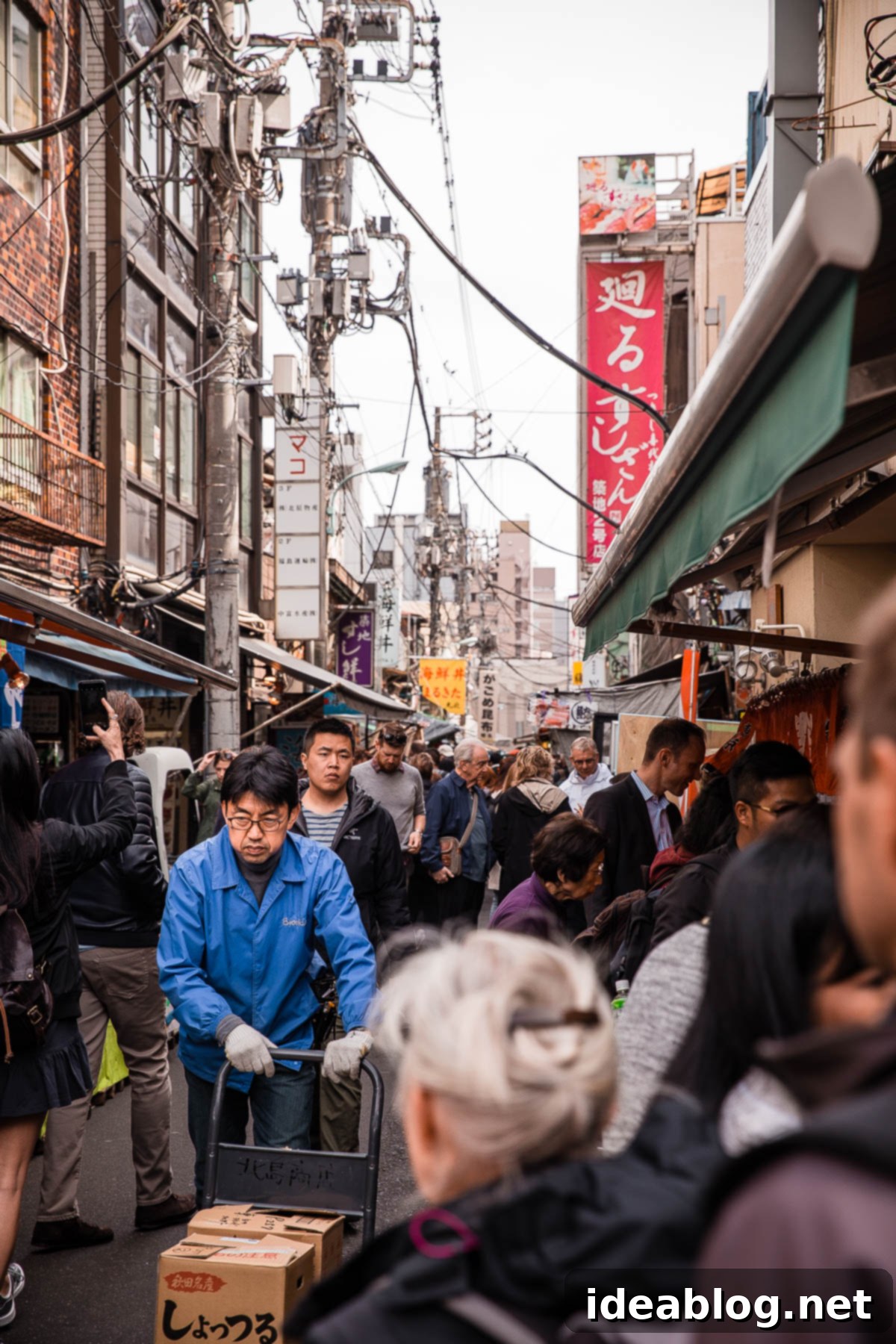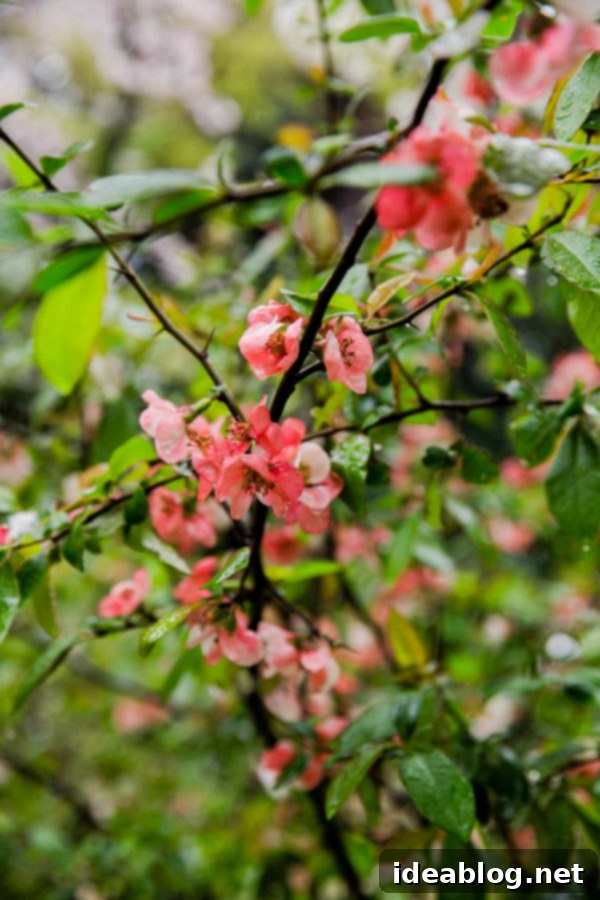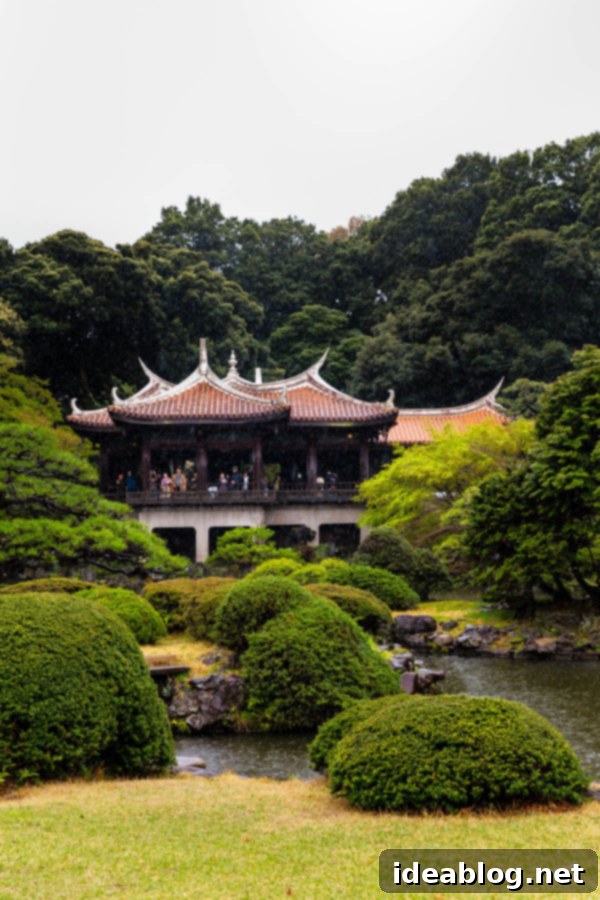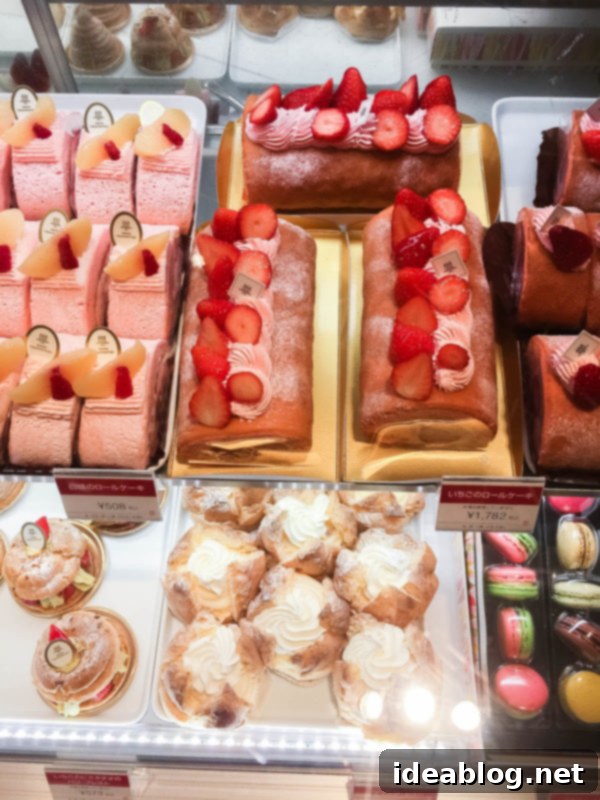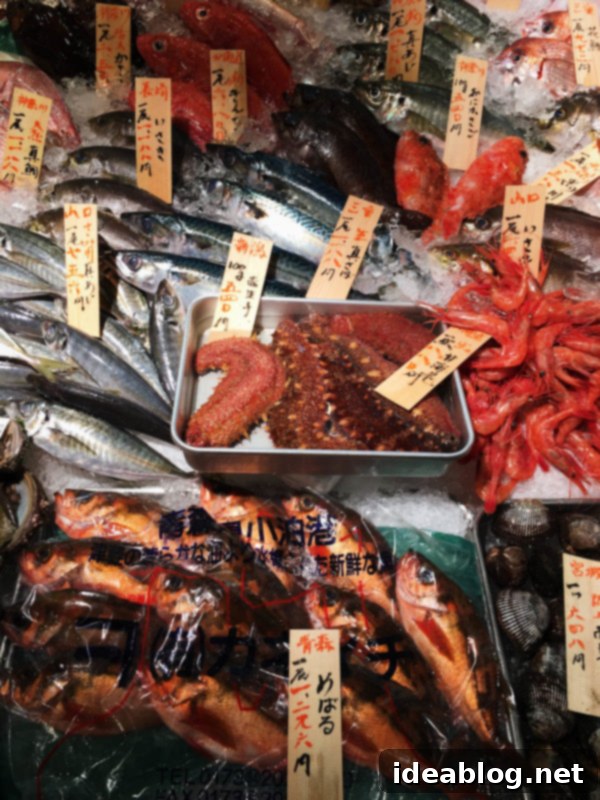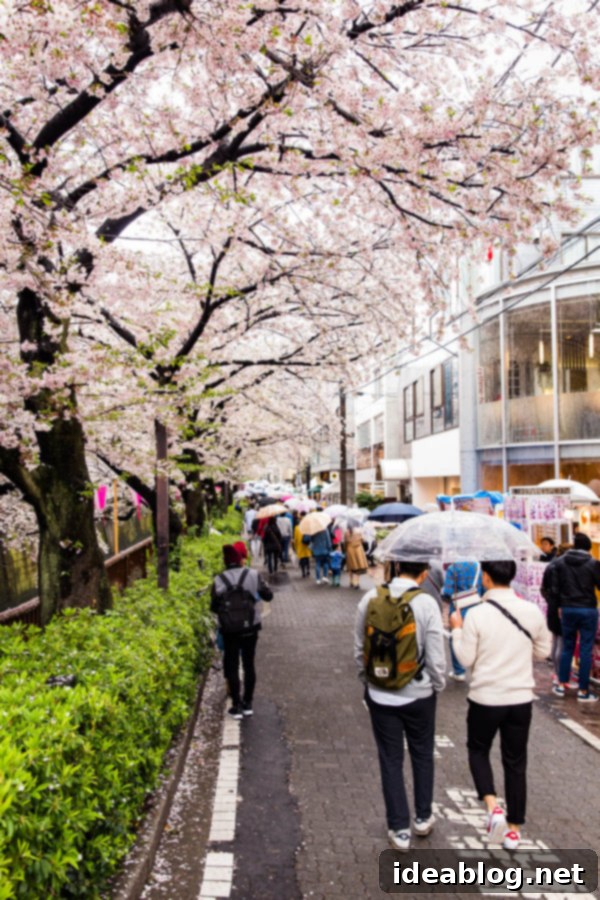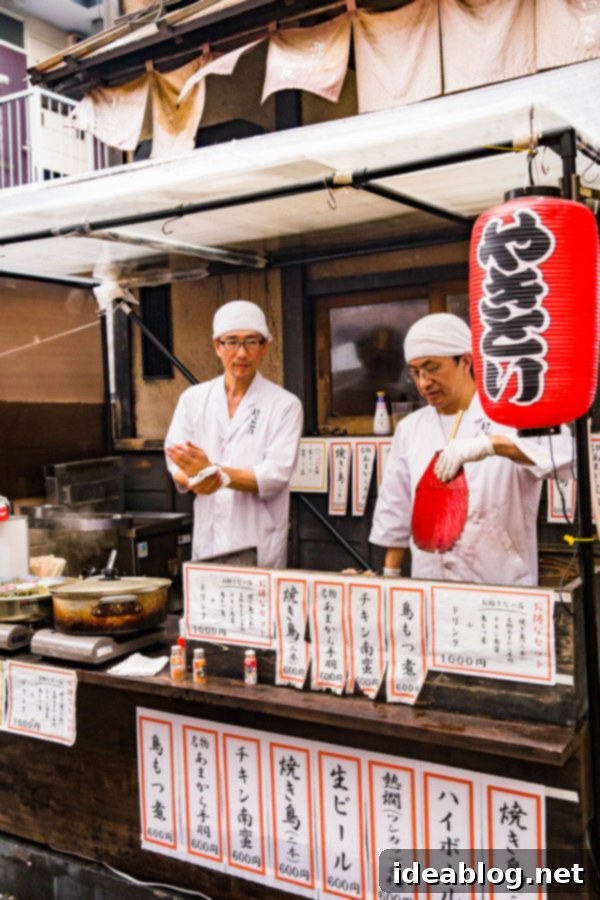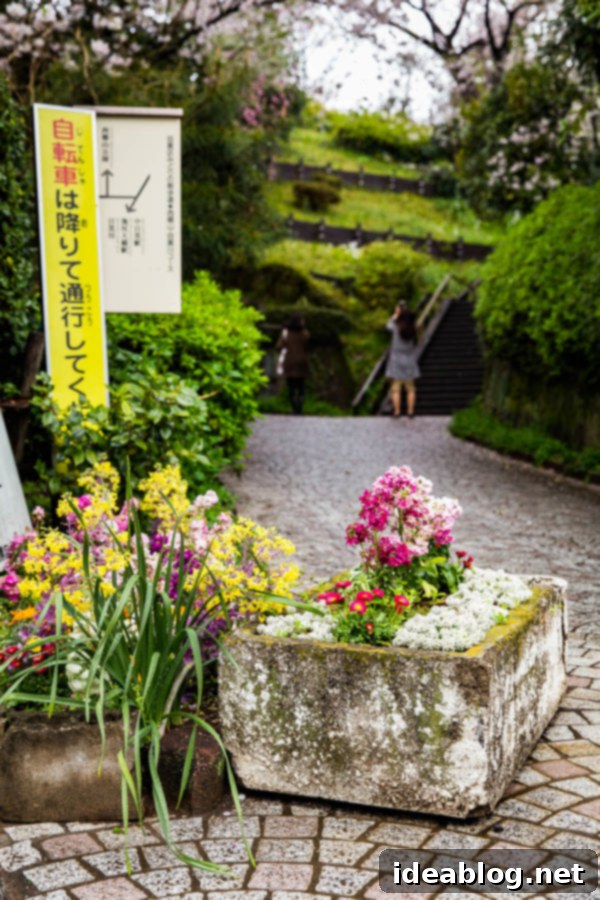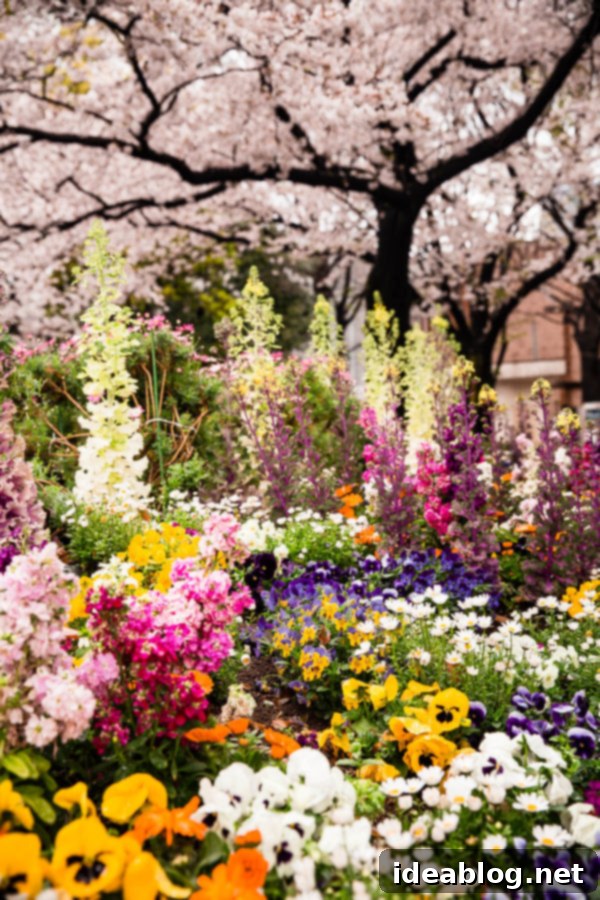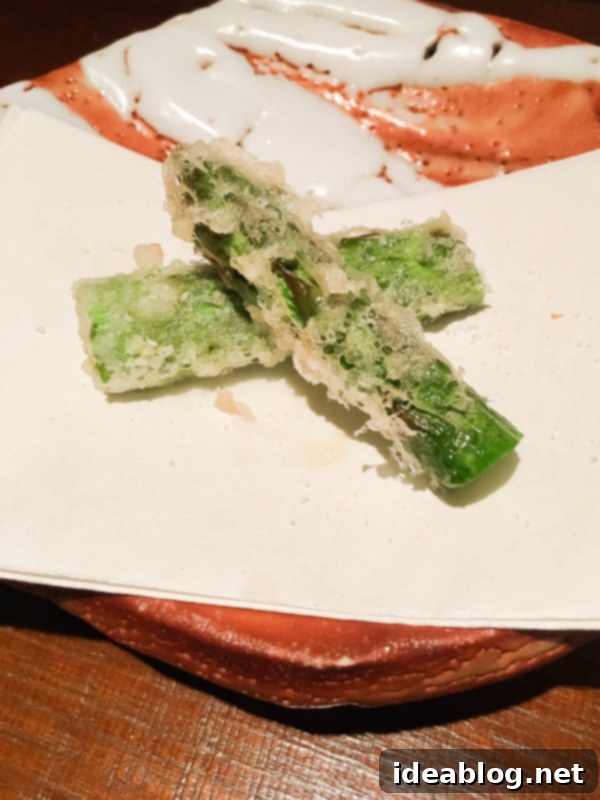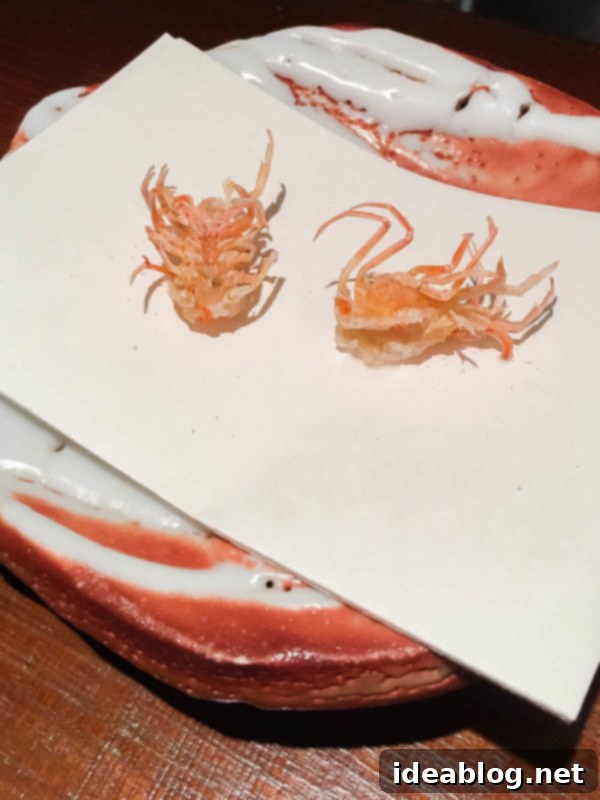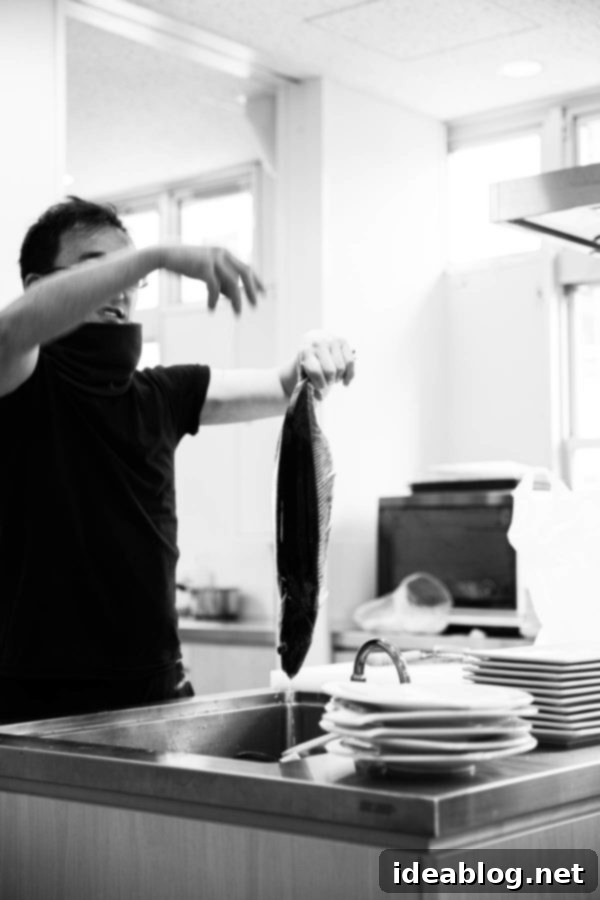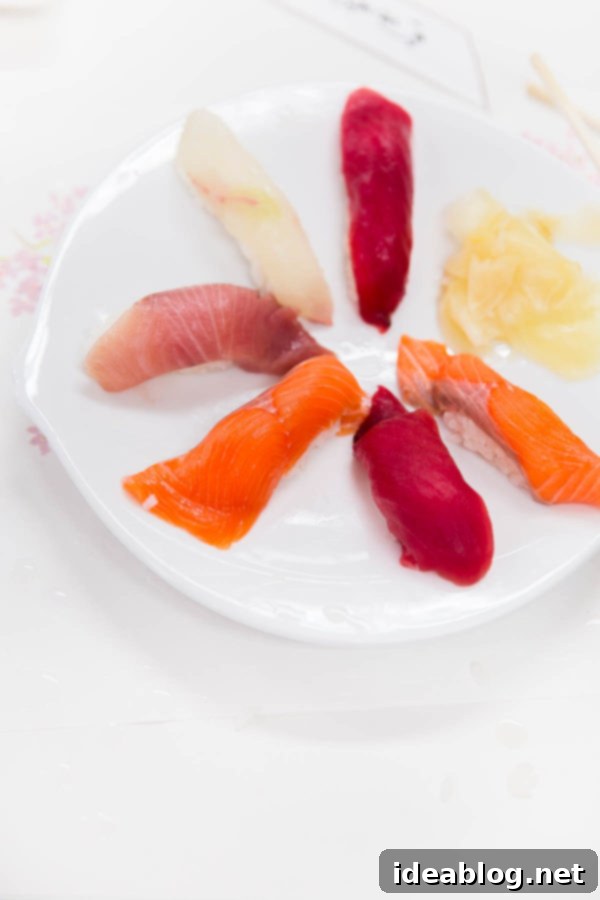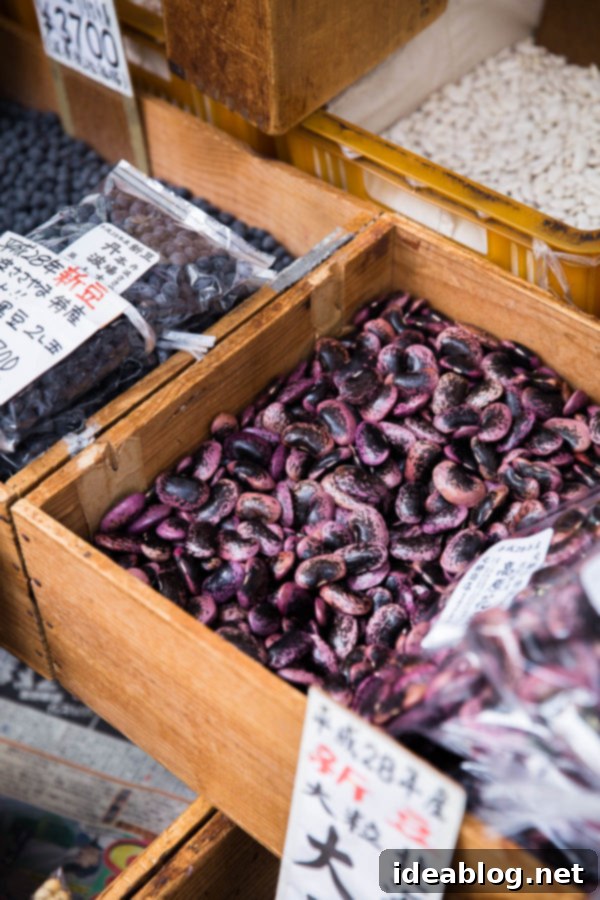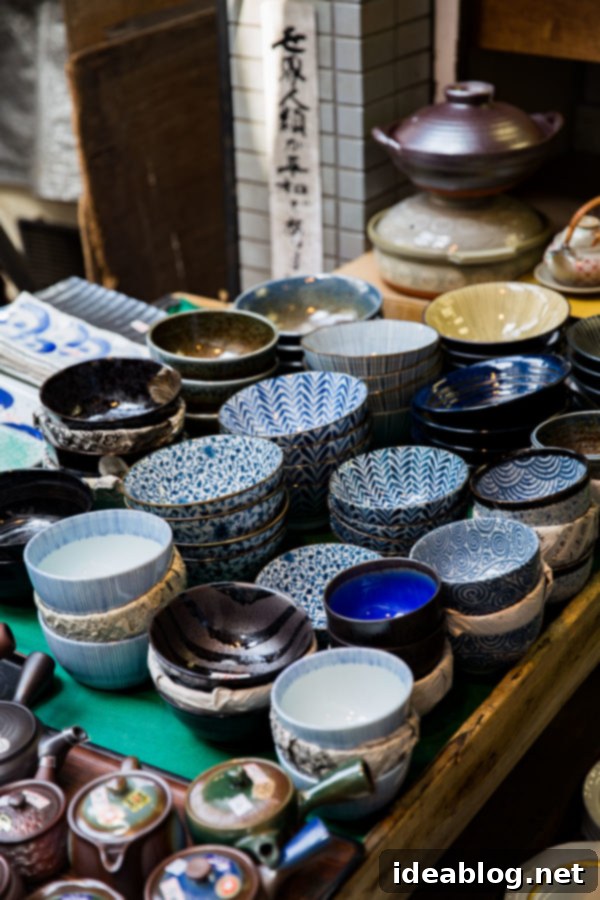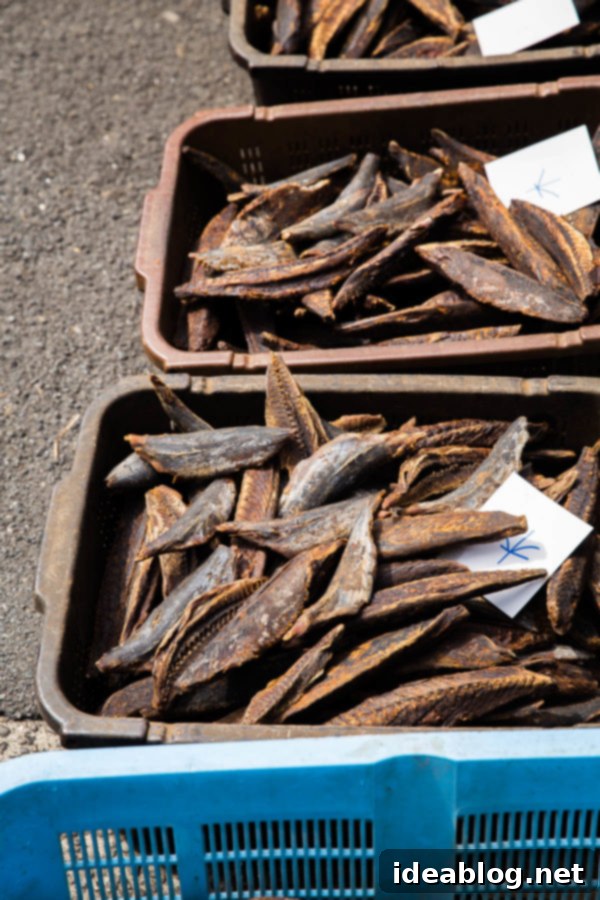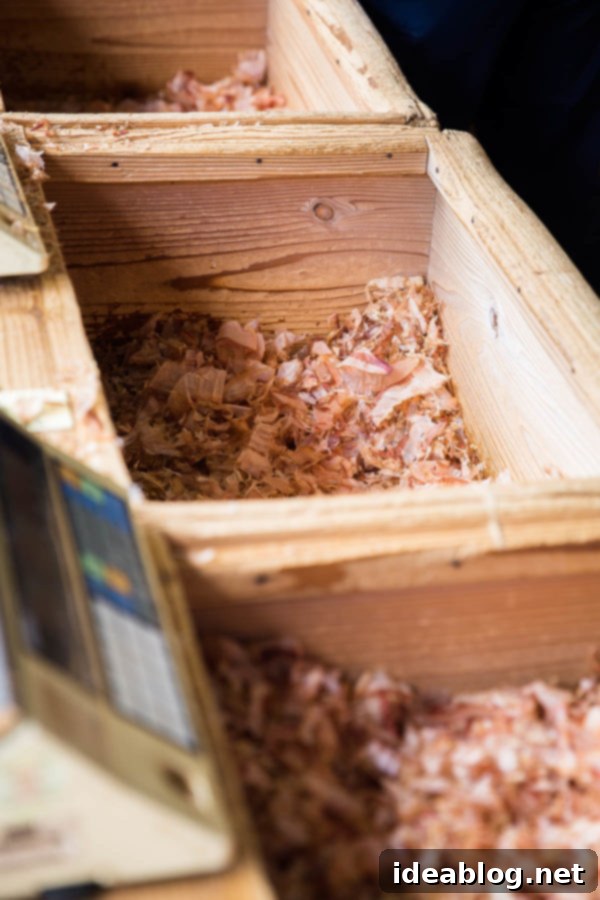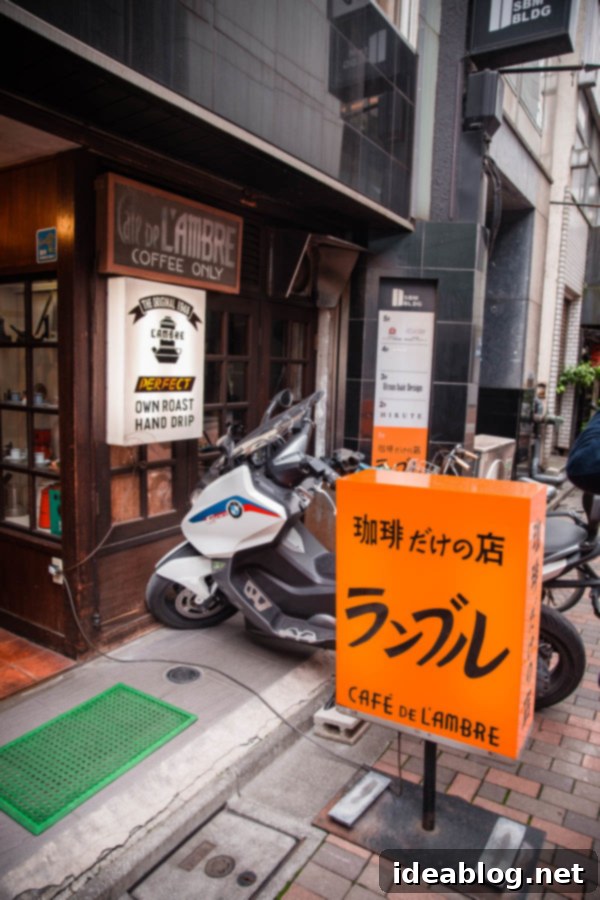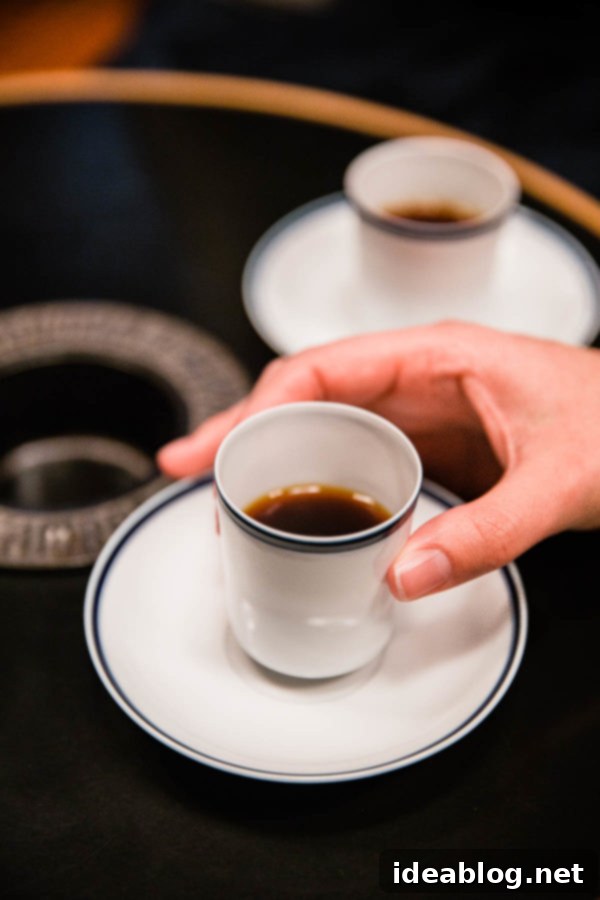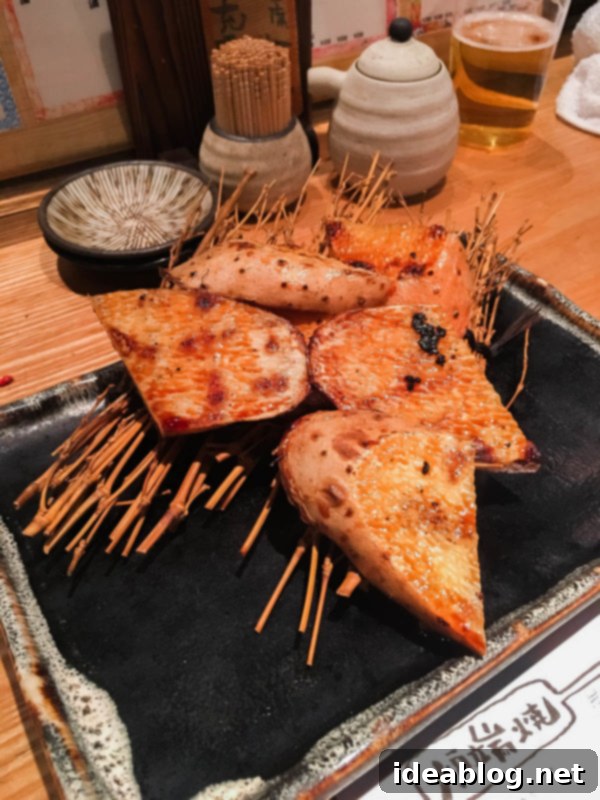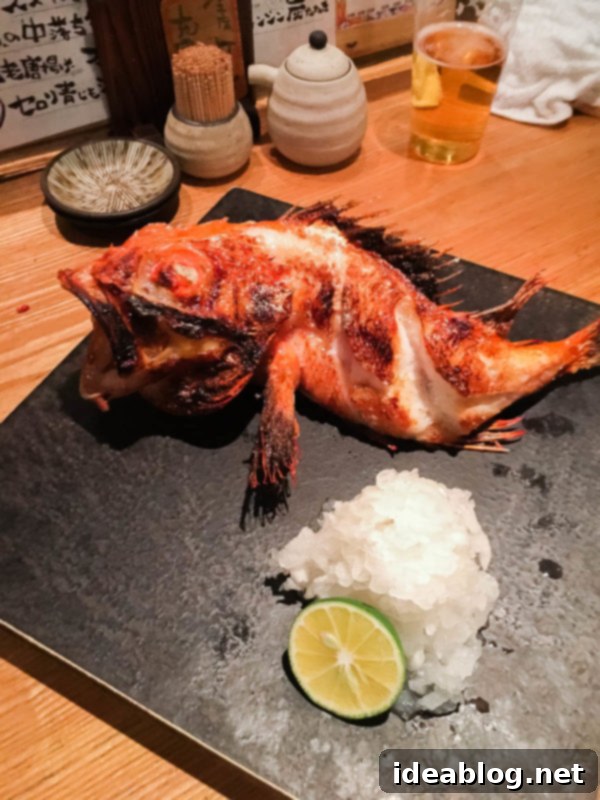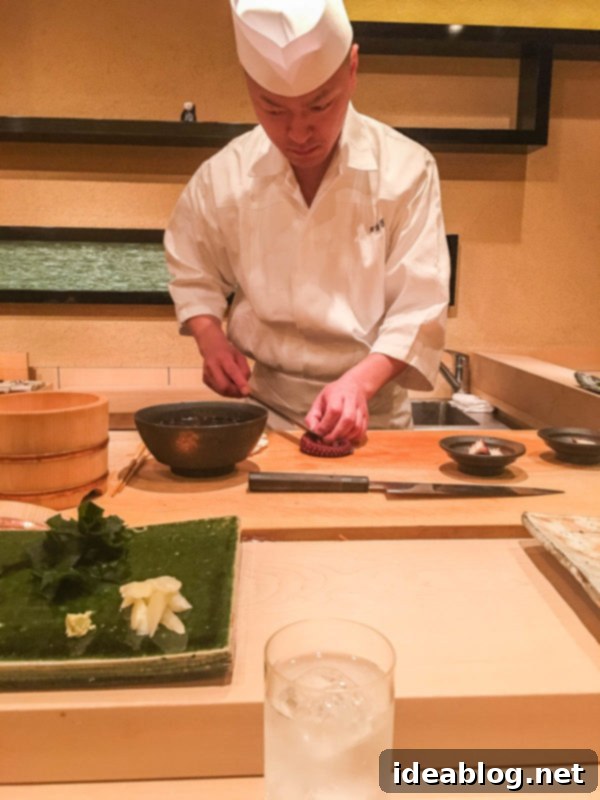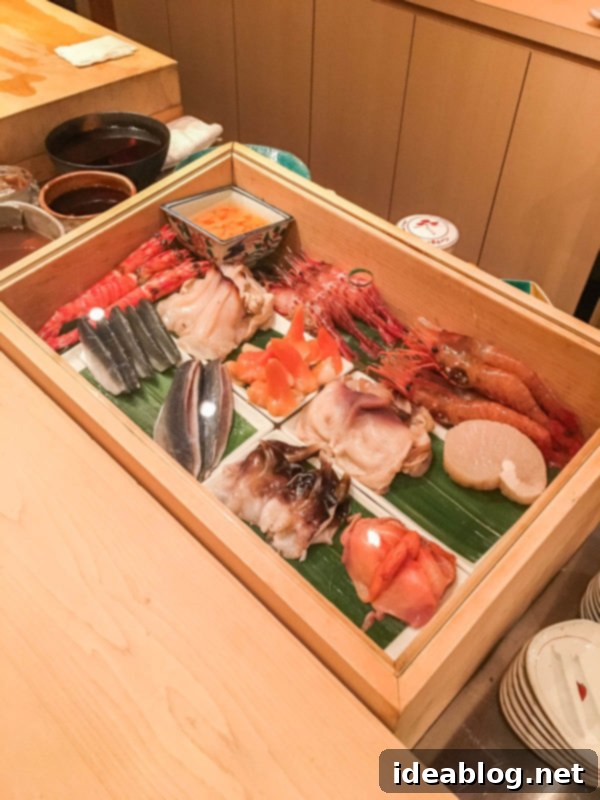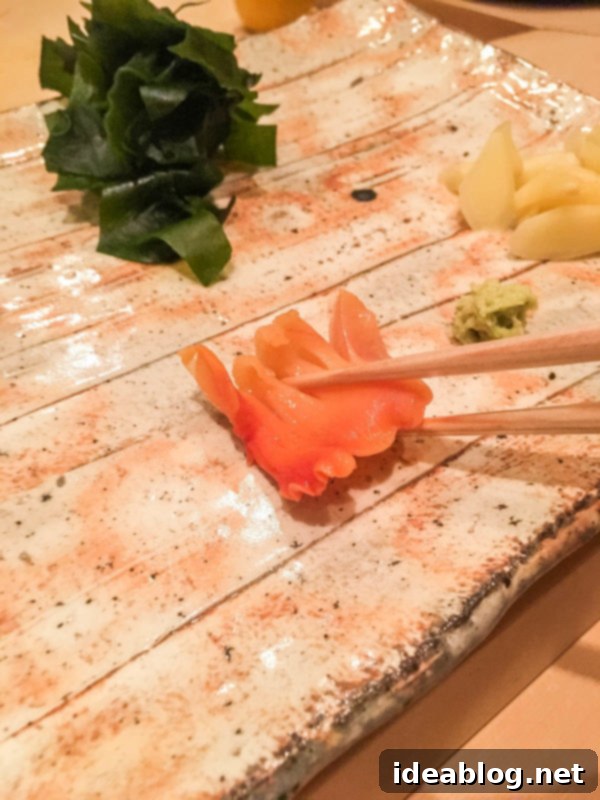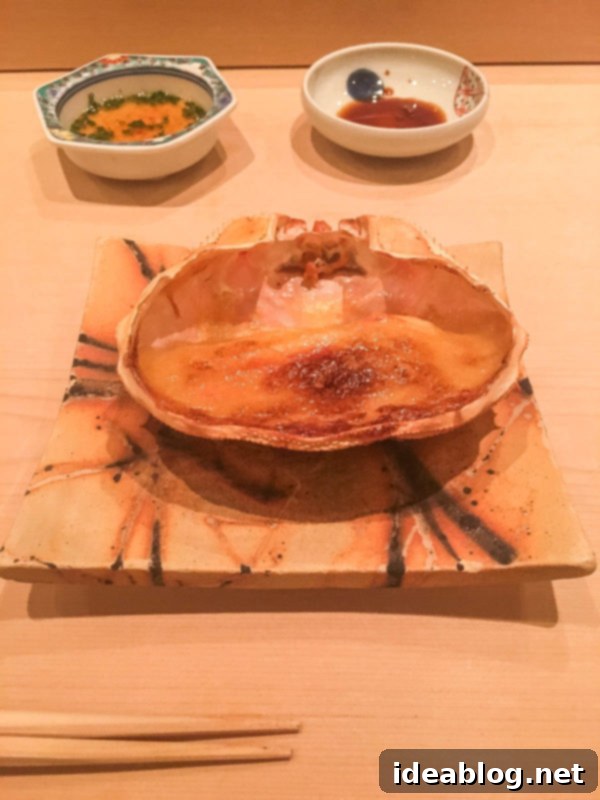The Ultimate Tokyo Travel Guide: Explore Culture, Culinary Delights, and Cherry Blossoms
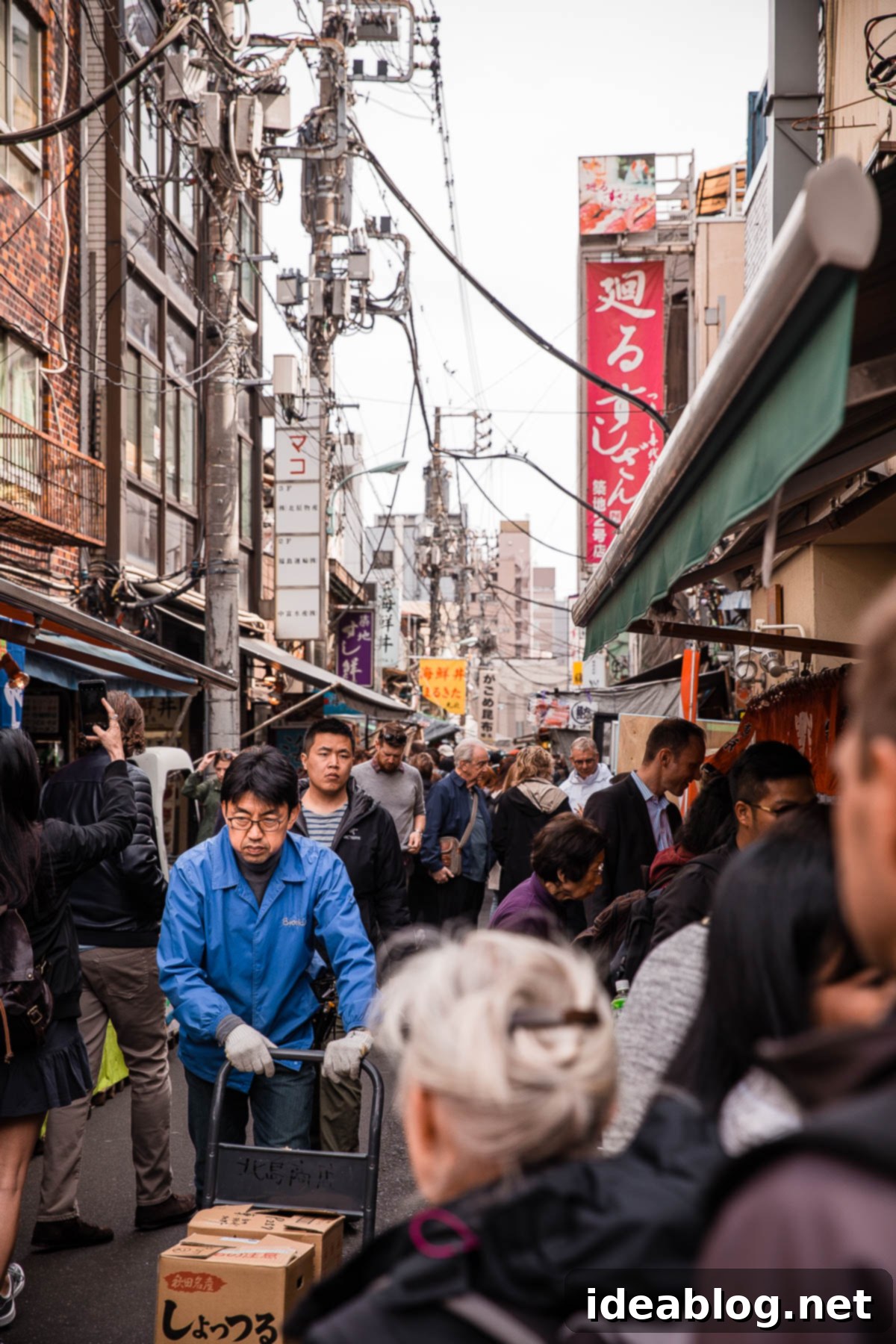
After months of anticipation, I’m thrilled to finally share the first installment of our Japan travel guide! This journey has been a long-awaited dream, and I couldn’t be more excited to recount the incredible experiences we had in a country that truly captured our hearts. Better late than never, right?
My husband, Connor, and I embarked on a nine-night adventure to Japan in April. Japan has held a prime spot on our travel bucket list for years, a destination we eagerly anticipated. The stars aligned when we discovered we’d accumulated enough airline miles for free round-trip, direct flights from Chicago to Tokyo. The fact that these dates perfectly coincided with our second wedding anniversary made the decision a joyous and effortless one.
While I anticipated a culinary experience of a lifetime, I vastly underestimated just how deeply I would fall in love with Japan. The warmth of its people, the richness of its culture, the unparalleled food, and the seamless efficiency of everything surpassed all expectations. Without a doubt, this trip stands out as one of the most unique and profoundly memorable travel experiences of my entire life. Japan left an indelible mark on me, a truly profound impression.
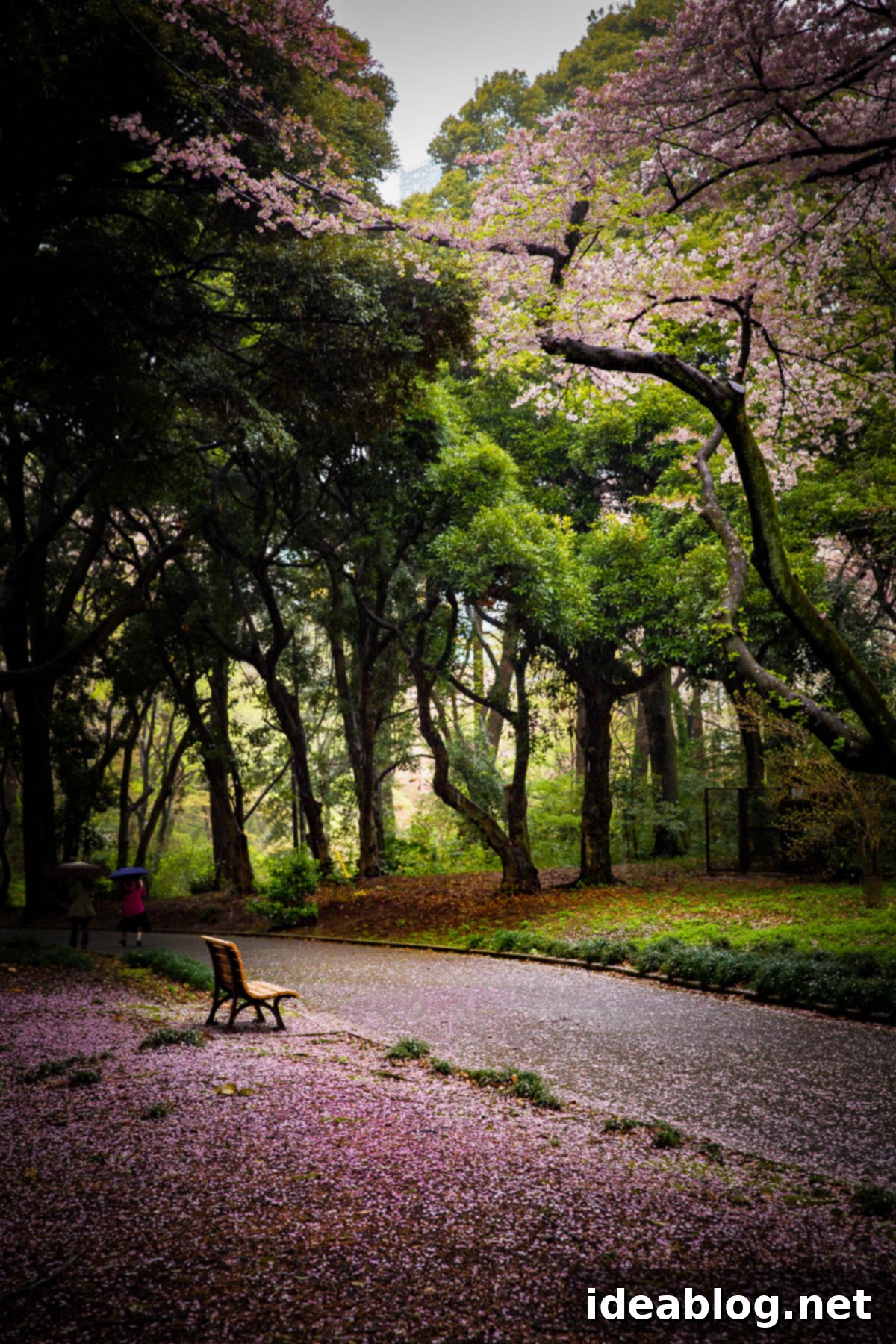
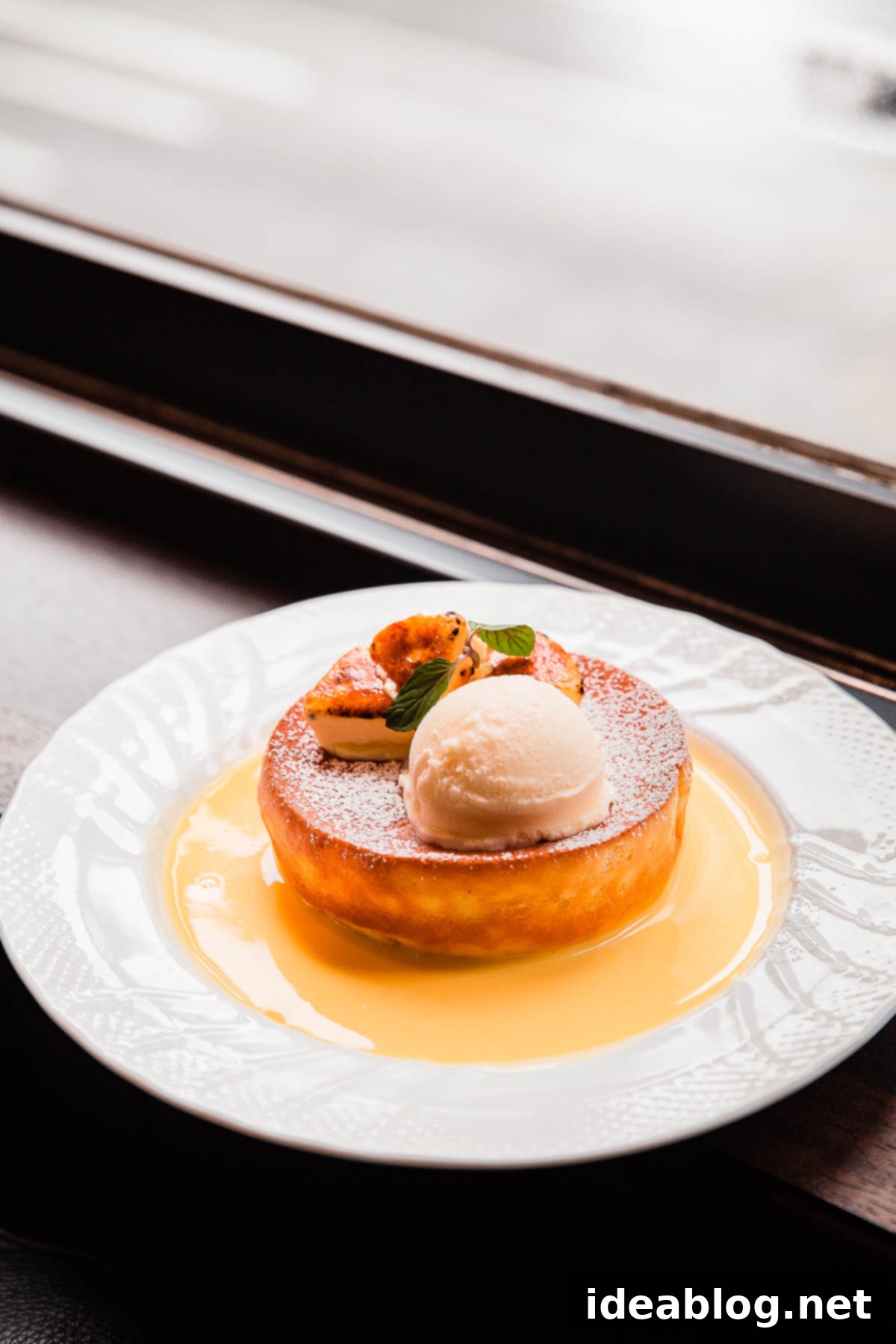
Given our limited timeframe, we approached the trip with the understanding that seeing absolutely everything was impossible. After thorough research, we meticulously narrowed down our destinations to a core selection: Tokyo, Kyoto, and Nara. (For more on Kyoto, be sure to check out my detailed Kyoto travel guide.) While selecting the cities was relatively straightforward, the real challenge emerged when planning the intricate day-to-day itinerary.
We aimed for a balance, desiring both leisure and opportunities for spontaneous exploration, yet acknowledging the need for efficiency to maximize our precious time. Traditional guidebooks, at best, offered only vague frameworks. As inhabitants of a large urban city ourselves, we thought we were prepared, but Tokyo proved to be an entirely different entity. To put its scale into perspective, New York City boasts approximately 30,000 restaurants, whereas Tokyo, by some estimates, hosts a staggering 300,000. As a self-proclaimed ‘food planner,’ I found myself utterly clueless about where to even begin. My goal was to immerse ourselves in authentic Japanese cuisine, venture off the well-trodden tourist paths, and avoid the typical traps.
Adding a significant language barrier into the mix, coupled with the fact that most authentic Japanese restaurants lack an online presence or websites, things quickly escalated in difficulty. The prospect of planning our meals spontaneously in Japan felt daunting, almost impossible. The sheer number of options is a monumental understatement, and discerning the quality of one spot over another without local knowledge is incredibly challenging. Many of the culinary gems we discovered were nestled off main roads, down quiet residential back alleys, or even hidden up or down a flight of stairs with minimal, if any, signage. If you aspire to a truly exceptional culinary journey in Japan, leaving it to chance is a strategy I strongly advise against. Thoughtful planning is absolutely essential.
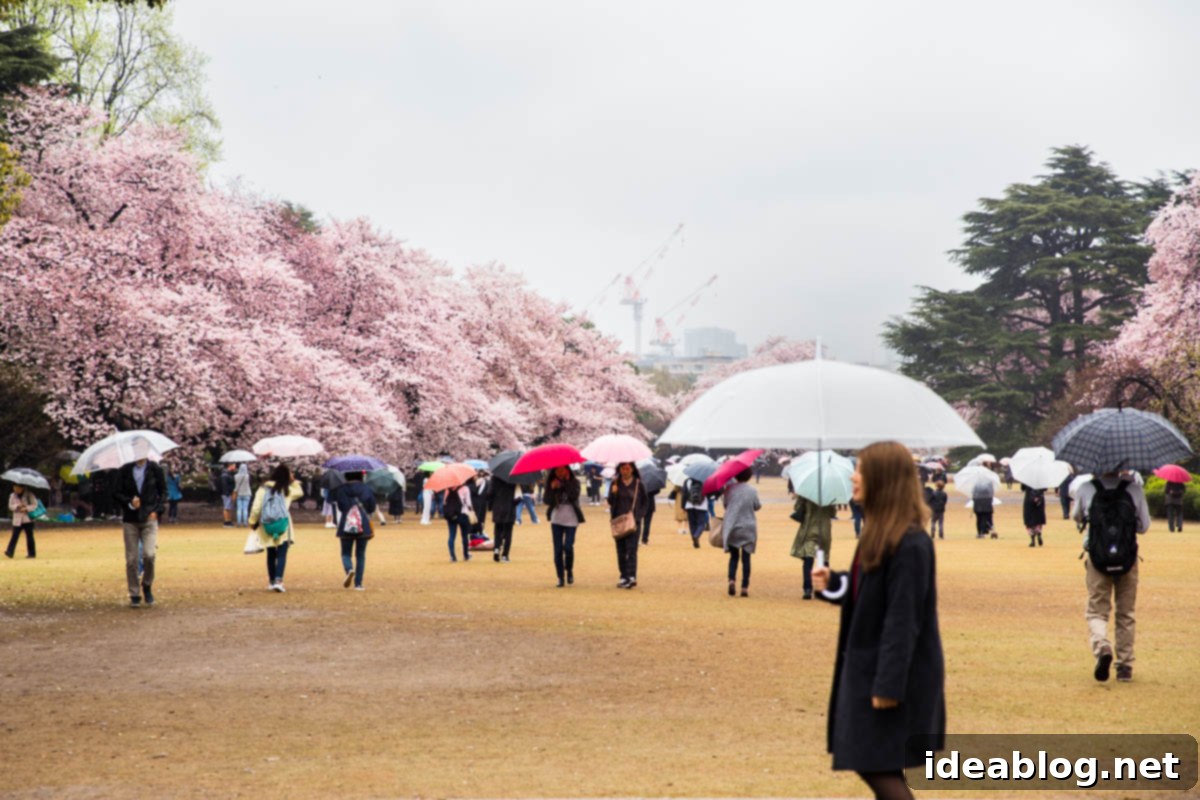
How We Seamlessly Planned Our Trip to Tokyo
Upon learning about Journy, an online travel concierge service, from a fellow blogger, I immediately reached out. They generously offered to provide us with a complimentary, customized itinerary for our trip, a decision that proved to be invaluable. The planning process with Journy was remarkably simple and straightforward.
I completed a concise quiz designed to ascertain our travel style, priorities, and goals. This led to us being matched with our dedicated Journy concierge, Melissa, who meticulously crafted our itinerary. We exchanged a few emails, providing her with more specific details about our preferences—such as our adventurousness with food, our budget, and any existing reservations—and she expertly handled everything else. This level of personalized assistance was immensely helpful.
Each day of our trip was thoughtfully planned, incorporating diverse activities, key attractions, expertly curated restaurant recommendations for breakfast, lunch, and dinner, and suggestions for unique, off-the-beaten-path spots. Journy seamlessly integrated our pre-existing reservations into a logical, well-organized, and incredibly thorough itinerary. This meticulous planning ensured that we optimized our time, avoiding the inefficiency of hopping back and forth between disparate neighborhoods.
The comprehensive itinerary provided us with a solid game plan for each day, yet it also offered crucial flexibility to adapt in the moment. The most outstanding aspect was undoubtedly Journy’s restaurant recommendations. These were sourced from local insiders, esteemed chefs, and prominent bloggers, leading us to culinary gems we truly would never have discovered on our own. We always had a meticulously planned food strategy. In fact, Journy even booked all of our dinner reservations, which was a tremendous relief and significantly enhanced the enjoyment of our trip!
Our final itinerary was delivered to us in a convenient PDF format and was also accessible via their intuitive Journy iPhone app, which provided interactive maps and precise directions to every location on our schedule.
I cannot stress this enough: collaborating with Journy was unequivocally the best decision we made for our trip to Japan. Our itinerary was anything but ordinary; it provided us with an incredibly unique, customized experience that we will cherish forever. I would gladly pay for this service (priced at $25/day) ten times over in the future and have already recommended it to countless friends and acquaintances. Journy truly deserves the lion’s share of the credit for the success, unforgettable culinary experiences, and cherished memories forged during our journey! I wholeheartedly recommend them without reservation.
Tokyo Travel Snapshot: Our Itinerary Breakdown
Our Japanese adventure spanned a total of eight nights, with our first night spent comfortably on the plane. We dedicated the initial three nights to exploring the vibrant capital of Tokyo, followed by four nights immersed in the cultural richness of Kyoto, and a final memorable night back in Tokyo before our departure home the following day.
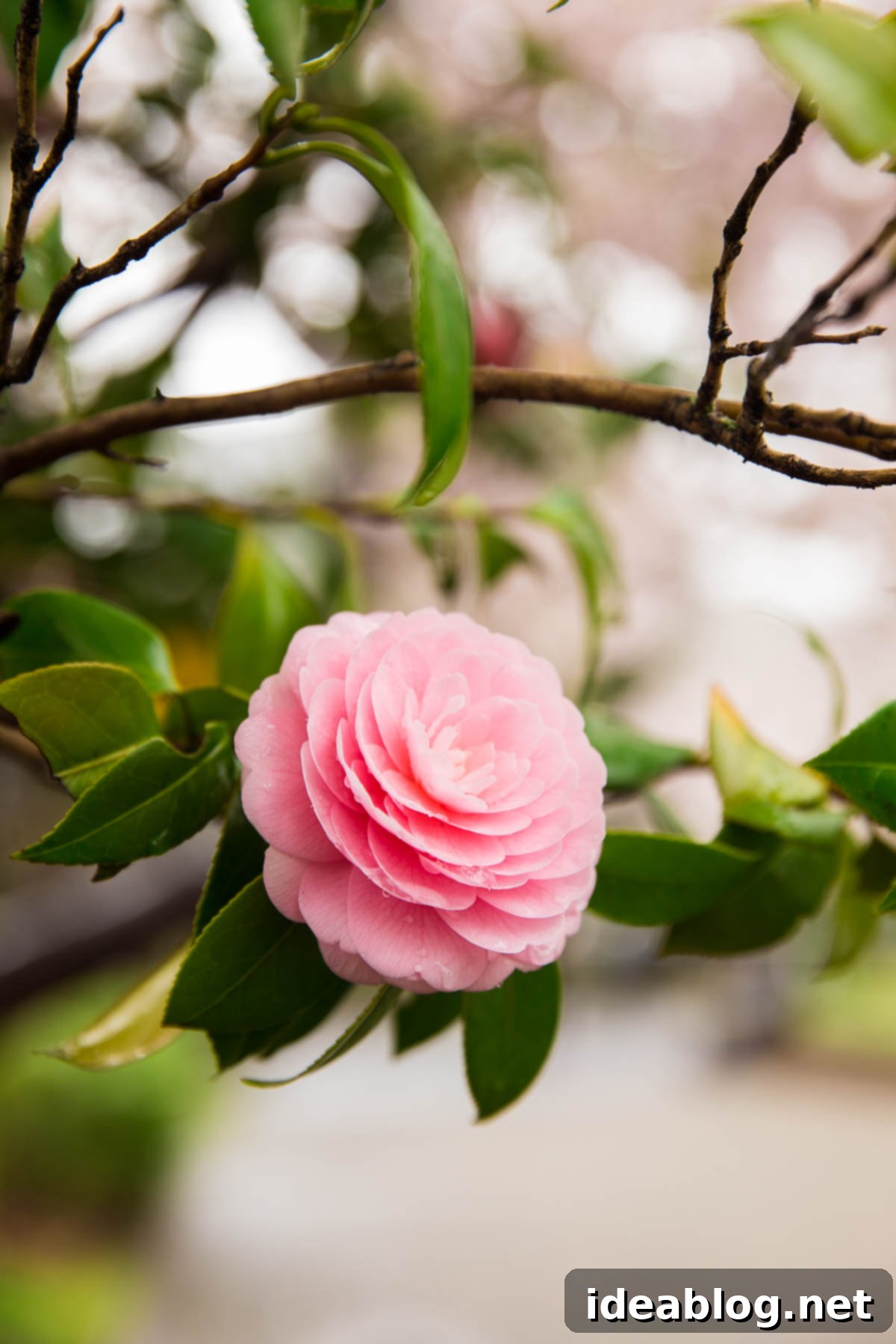
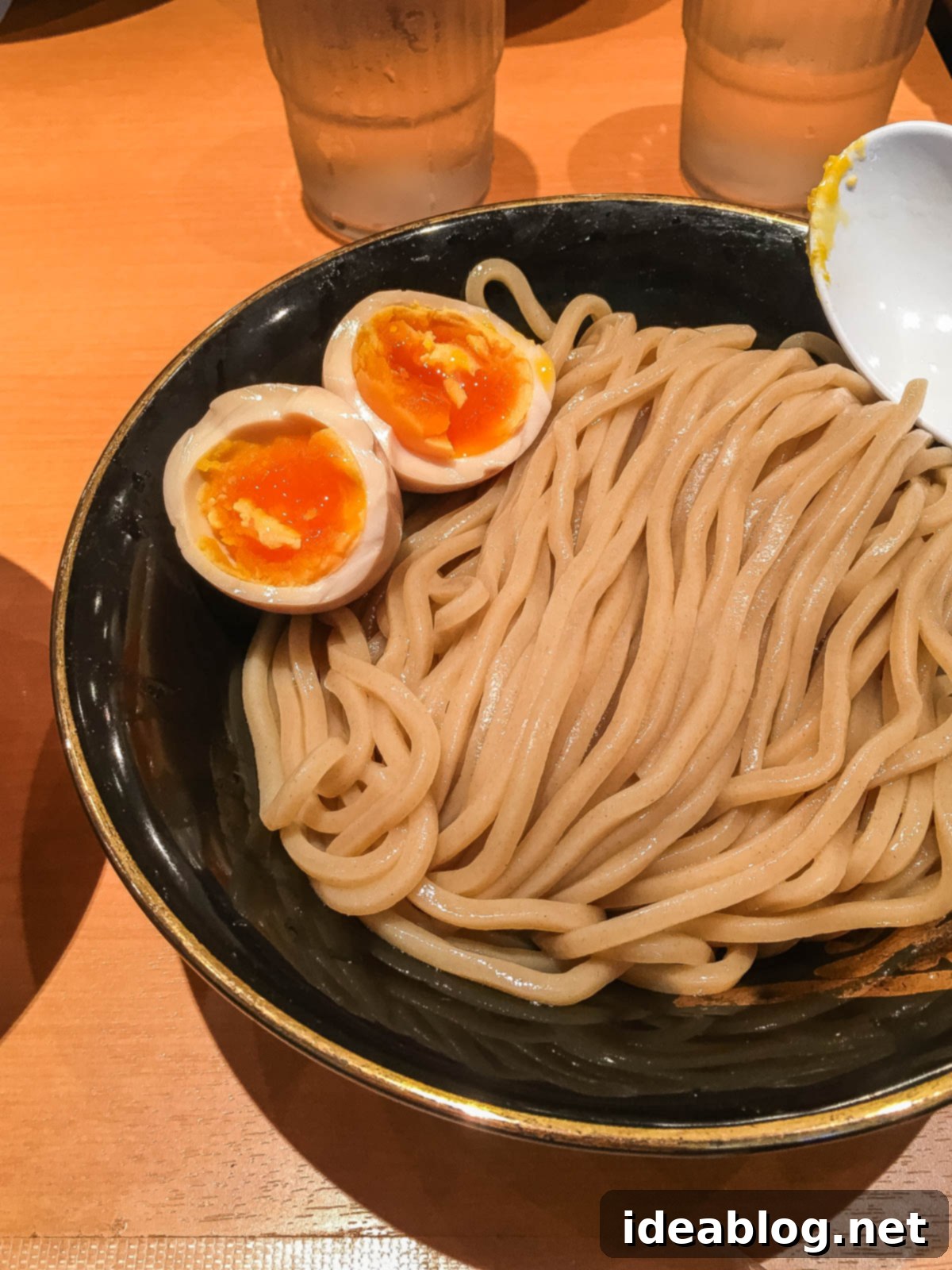
Arriving in Tokyo: A World Apart
Our journey began with a Friday afternoon flight from Chicago, landing in Tokyo late on Saturday evening. Due to crossing the international date line, Japan operates 14 hours ahead of us, making for an interesting time warp experience!
We were fortunate to fly into Haneda Airport, which is the closer and more convenient of Tokyo’s two major airports. This allowed us to quickly hop on the subway and make our way directly to our hotel in the bustling heart of the city.
Within mere minutes of stepping off the plane, I felt an overwhelming sense that we had truly traveled to another world. Every aspect felt distinct and different, in the most wonderfully positive way possible. Even the vibrant, quirky vending machines scattered everywhere brought an unexpected thrill. Honestly, I had anticipated that the language barrier would be the most challenging aspect of our trip. However, it paradoxically became one of the most memorable and special elements of our entire journey.
Beyond the remarkably efficient transportation system, which thankfully offered abundant English signs and translations, English speakers were few and far between. This created a unique feeling of being “lost in translation,” which, surprisingly, felt incredibly peaceful and liberating. I was immediately struck by the impeccable order and thoughtful design embedded in everything around us. The subway and broader transportation system, in particular, stood out as an engineering marvel of precision and clarity.
Tokyo is undeniably a colossal city, and while we certainly encountered crowds at various times, an underlying sense of order permeated everything. Despite its immense size, it’s also remarkably quiet, a testament to Japanese courtesy and respect for public spaces. Every detail, from the specific rail car numbers and impeccably clean station bathrooms to the clearly marked lines for boarding and exiting trains, was meticulously organized. Japan’s core values of efficiency, cleanliness, and courtesy were evident at every turn, bringing immense joy to the inner organization-freak and Type-A personality within me. Furthermore, the city exudes an incredible sense of safety. Many of the restaurants we visited at night were tucked away off main roads, yet we never once felt unsafe or anxious navigating the subway system after dark or walking down dimly lit streets and alleys.
Exploring Tokyo: Our Shinjuku Base Camp
After receiving valuable advice from several seasoned travelers, we decided to make the vibrant neighborhood of Shinjuku our strategic base camp for our initial three nights in Tokyo. While Shinjuku may not be Tokyo’s most picturesque or uniquely quaint neighborhood, its unparalleled proximity to Shinjuku Station—the busiest railway station in the entire world—makes it an absolutely ideal location for travelers seeking convenience and efficient access to all corners of the city. After checking into our hotel and picking up our essential pocket wifi from the lobby, we settled into our room and promptly called it a night, ready to embrace the adventure ahead.
Remarkably, for reasons we couldn’t quite pinpoint—perhaps the late-night arrival, a shorter nap during the flight, or the melatonin we took that evening—Connor and I overcame jet lag with extraordinary speed. We slept soundly from 11 pm until 7 am the following morning, waking up feeling completely refreshed and invigorated. Since we began our first full day of exploration feeling wonderfully well-rested, we established a normal sleep schedule almost instantly! In other words, we hit the travel jackpot in terms of adjusting to the time difference.
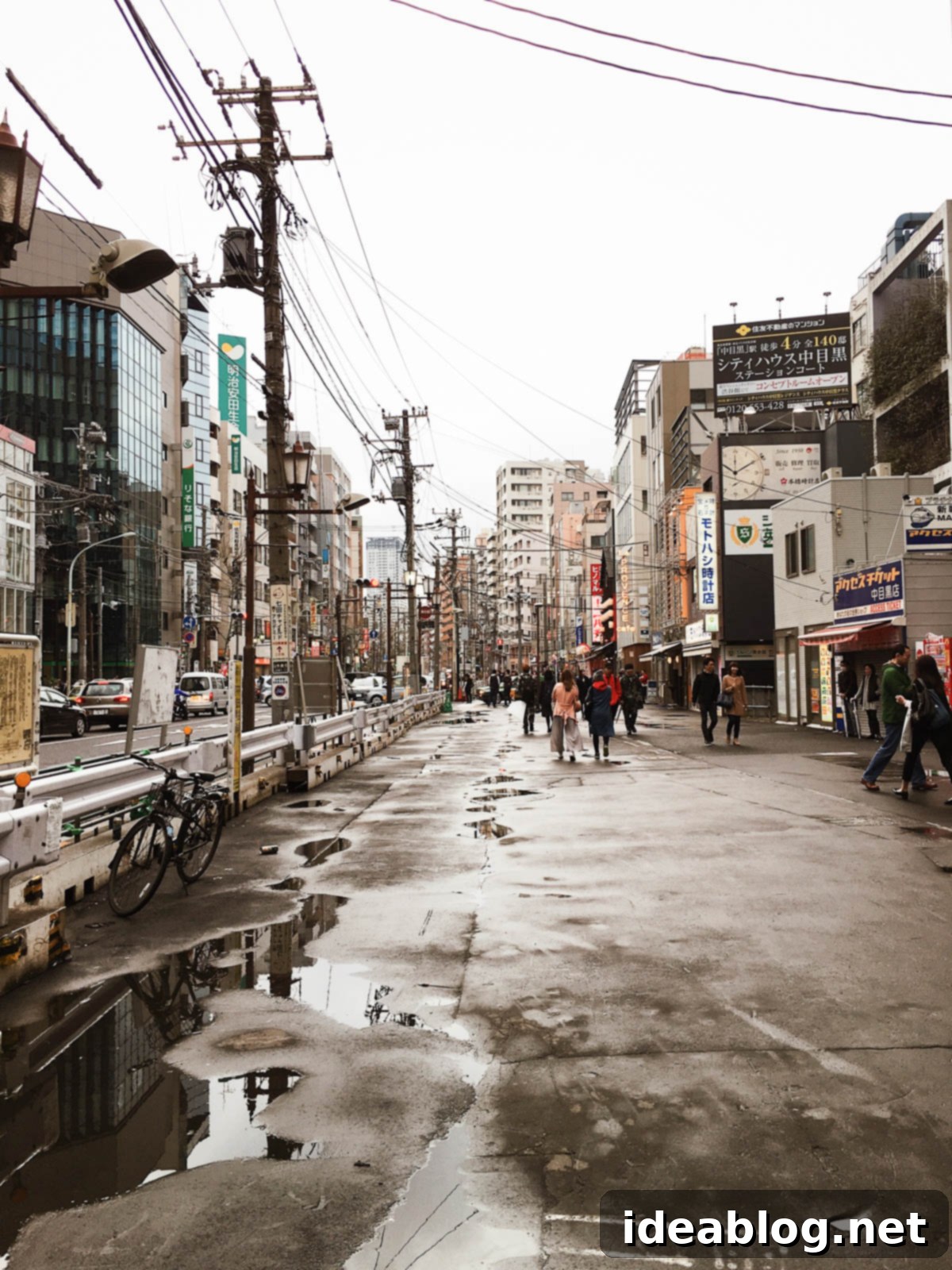
Shinjuku’s Unexpected Charms and Culinary Adventures
We dedicated our first morning to exploring the bustling Shinjuku neighborhood. Unfortunately, after a leisurely wander through its intriguing streets and discovering several hidden alleys, we found that our planned breakfast spot for udon noodles was closed. This was the one and only minor hiccup—if you can even call it that—in our meticulously planned Journy itinerary!
At this point, having explored for nearly an hour, hunger was setting in, and we found ourselves struggling to decide where to eat. It was 9 o’clock on a Sunday morning, a light rain was falling, and many businesses were still closed. This moment perfectly underscored my earlier point about the challenge of spontaneous meal planning in Tokyo when you’re utterly famished. Guilty as charged.
We eventually circled back towards Shinjuku Station and, in a delightful twist of fate, ended up enjoying a Western breakfast of quiche, fresh fruit, and coffee at none other than Dean & Deluca. While it wasn’t the authentic Japanese breakfast we had initially envisioned for our first meal in the country, it was surprisingly delicious and, despite the irony, ended up working out for the best, providing a comforting start to our day.
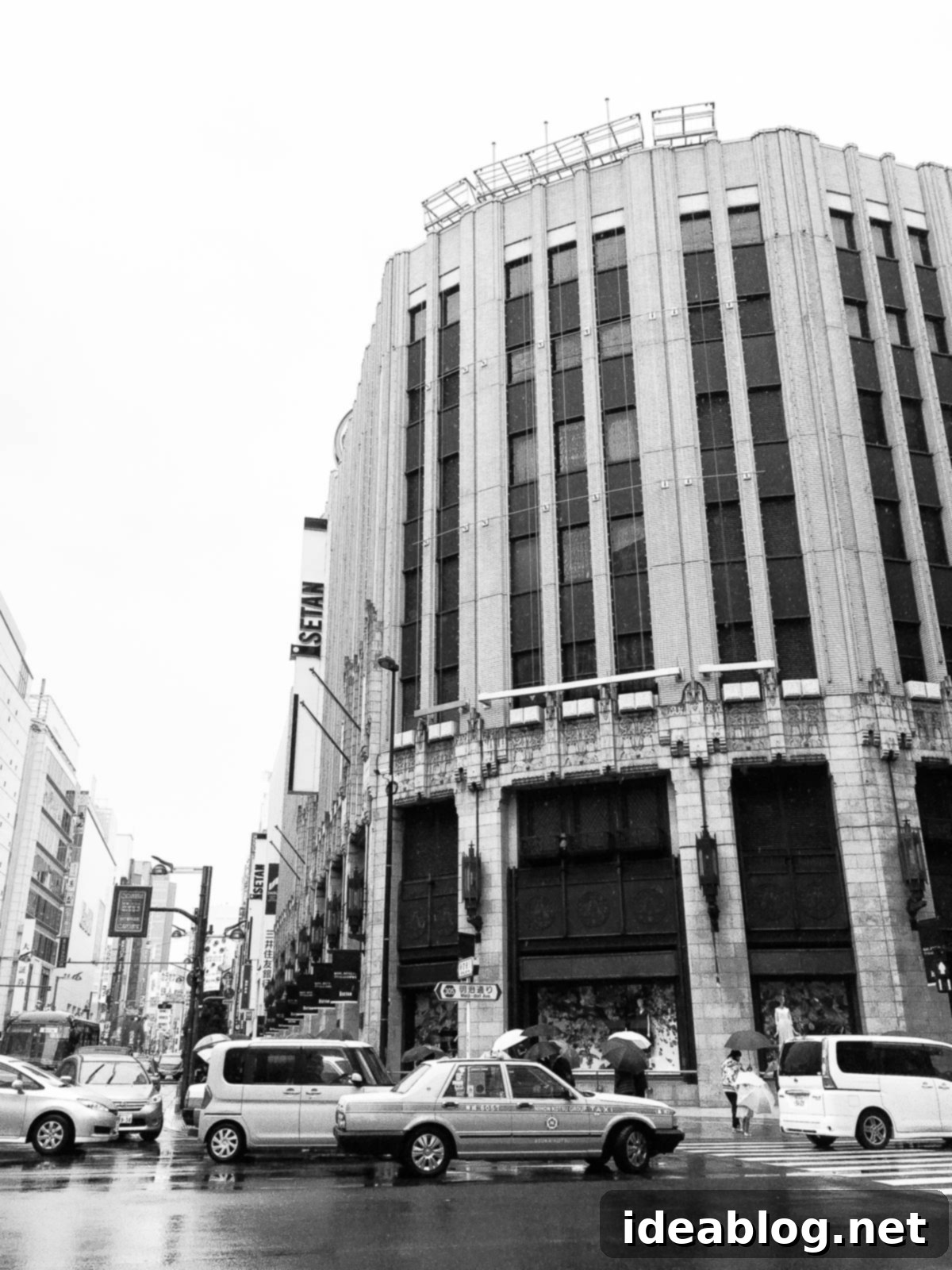
The latter part of our morning was dedicated to exploring the renowned Isetan Department Store. This is far from your average department store; Isetan is particularly famous for its spectacular basement food floor. This culinary wonderland is meticulously organized into diverse sections: exquisite Japanese pastries, delicate Western pastries, fresh seafood, premium poultry, fine meats, and an extensive array of prepared foods. It boasts every ingredient and prepared dish imaginable, from exquisitely packaged fruits and artisanal bean paste candies to freshly made soba noodles, tempura-everything, and every conceivable type and cut of seafood, meat, or poultry. While much of the prepared food is intended for takeout (as eating on-the-go is generally frowned upon in Japan), many counters generously offered samples for us to try.
We started our exploration in the vibrant seafood section, where we were quickly offered a small sample cup filled with mini cooked fish (shirasu), tiny shrimp, and baby octopus – a delightful introduction! The entire experience was a beautiful sensory overload, a feast for the eyes and palate. One could easily spend hours simply marveling at the artistry and variety on display in this incredible space.
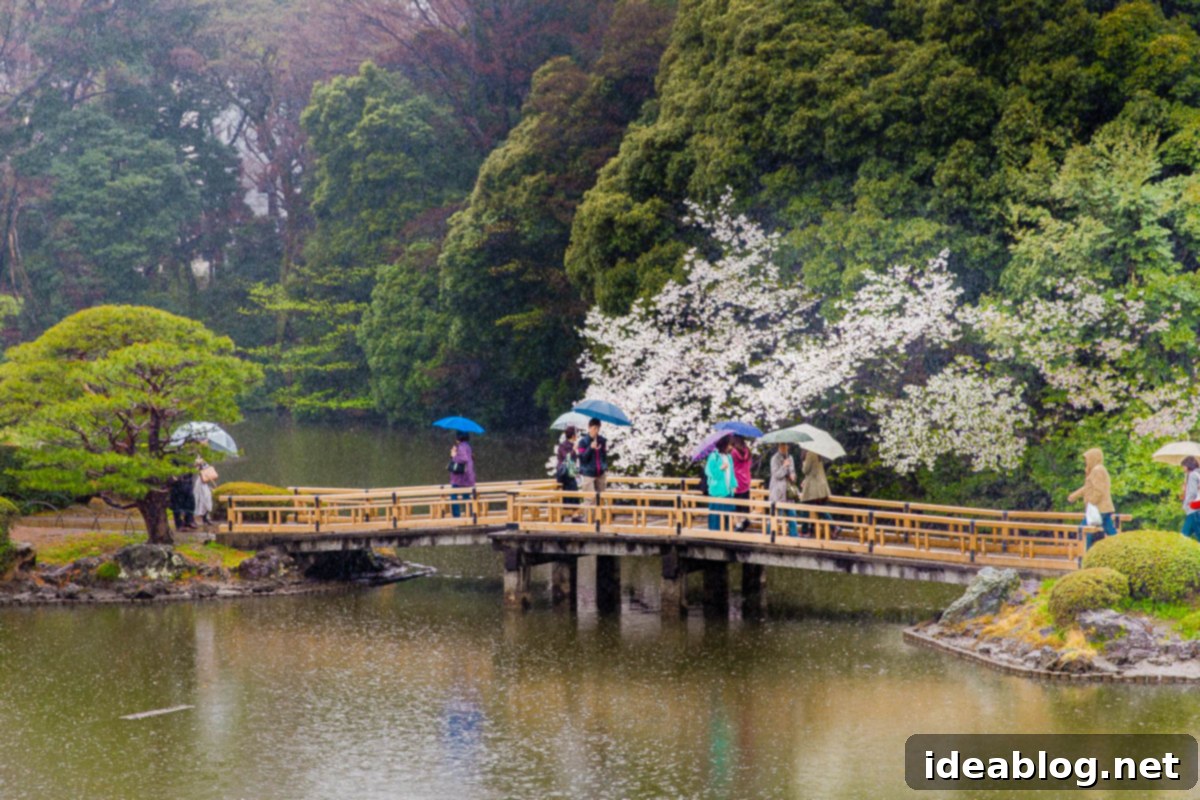
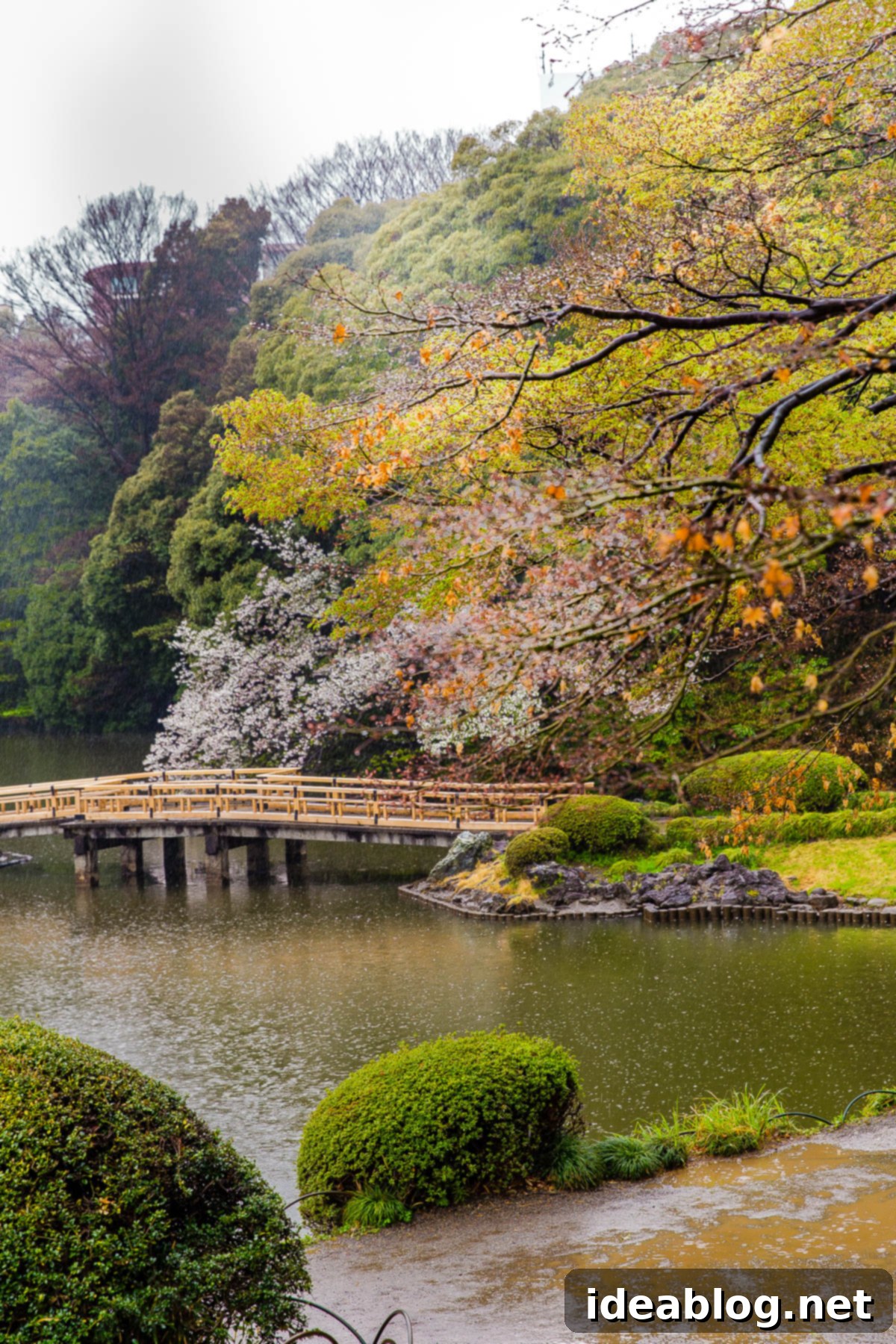
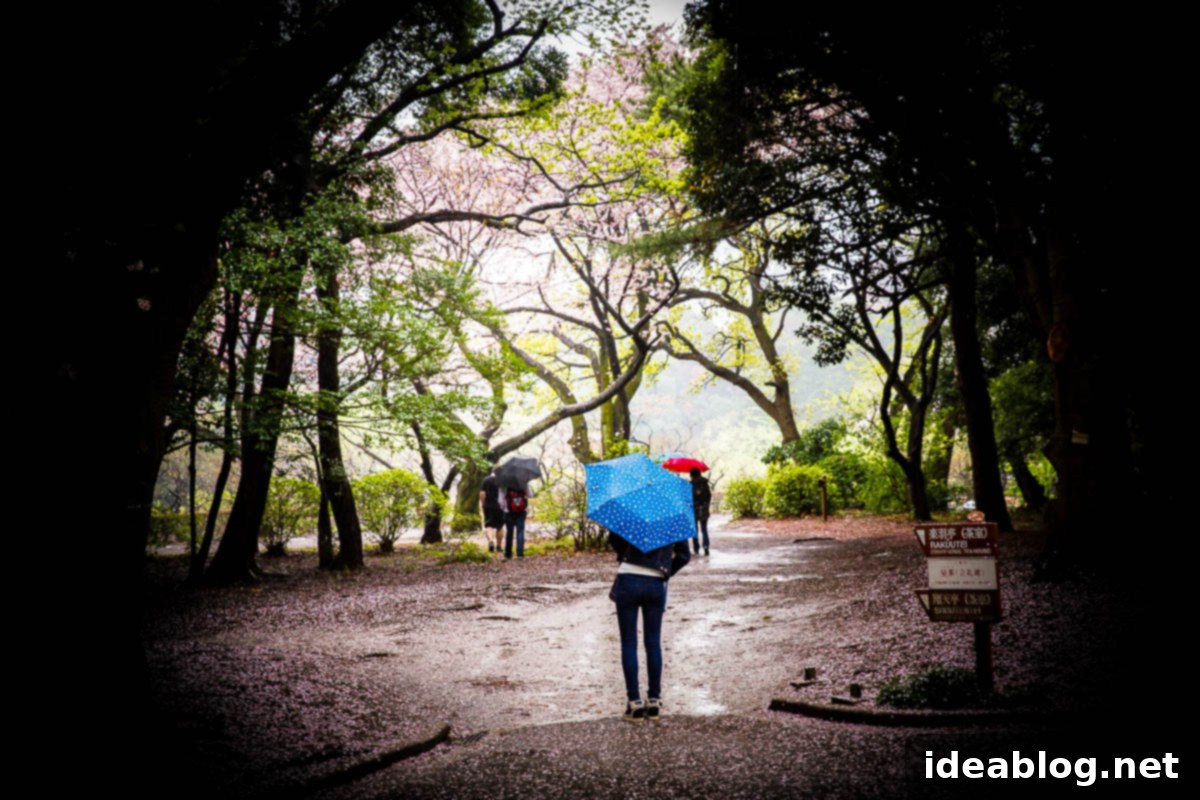
After our delightful exploration of Isetan, we strolled towards the serene Shinjuku Gyoen National Garden. Unfortunately, the rain had intensified, leaving the grounds quite wet. Nevertheless, this visit offered us our very first true glimpse of Japan’s iconic cherry blossom trees, a breathtaking sight. We were incredibly fortunate that the timing of our trip serendipitously coincided with the peak of cherry blossom season. While we knew there was a chance the dates might align, we never truly expected or specifically planned for it. This incredibly fortuitous timing made our journey even more special and profoundly memorable.
Shinjuku Gyoen is a magnificent, expansive garden nestled in the heart of the city, featuring elegant bridges, verdant greenhouses, traditional temple buildings, and picturesque views of the distant Tokyo skyline. It offers a peaceful and refreshing escape from the urban bustle and is definitely worth a visit if you find yourself in the area, particularly if you are lucky enough to be there during the magical cherry blossom season!
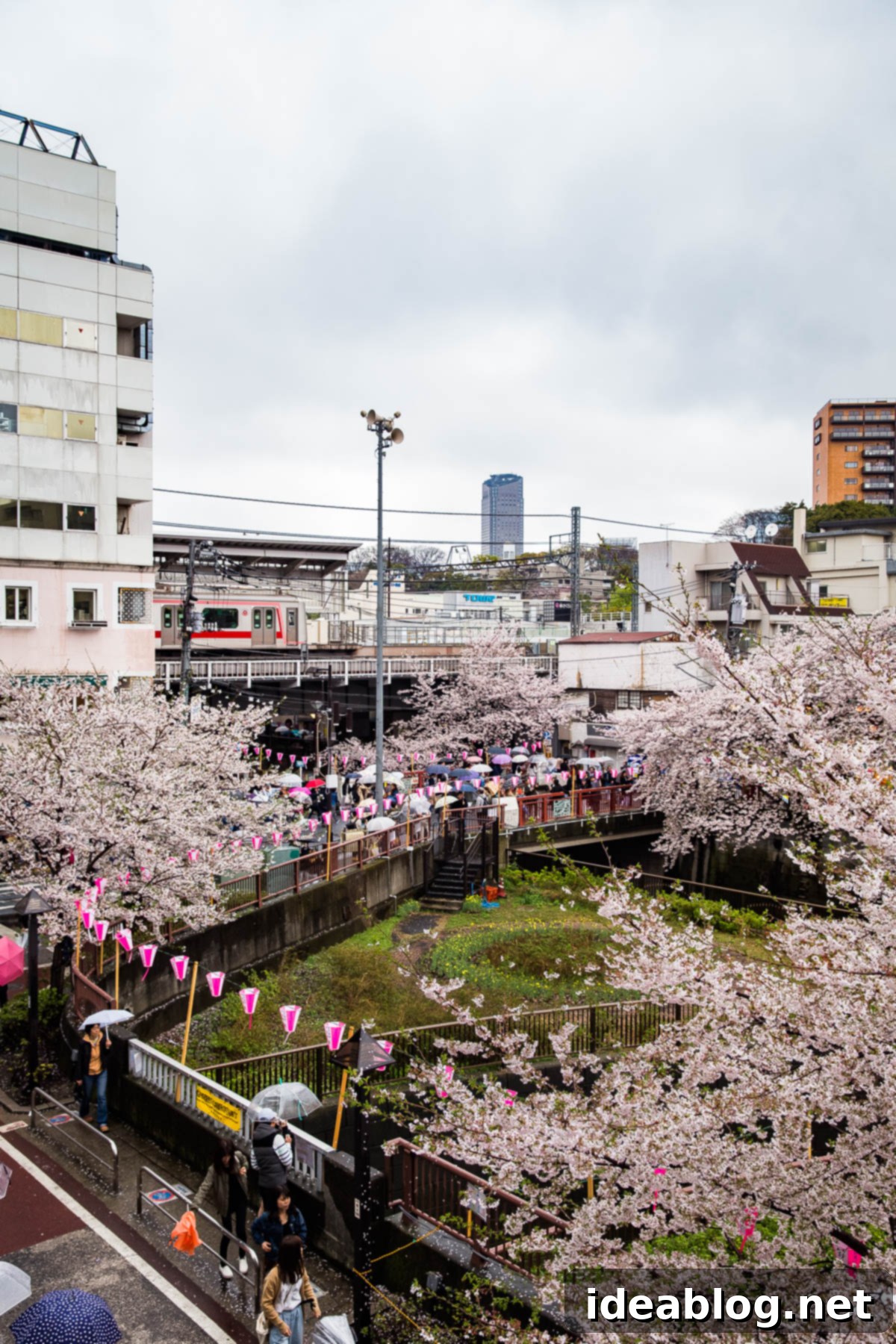
Shibuya: Our First Authentic Japanese Meal and Cherry Blossom Canals
The remainder of our day was spent exploring the lively Shibuya neighborhood, conveniently located just a short subway ride away from Shinjuku. Upon our arrival in Shibuya, we walked a few blocks and were rewarded with our first truly authentic Japanese meal of the trip.
Tucked away down a flight of stairs in an unassuming building, Gohan-ya Isshin greeted us with its tranquil ambiance and incredibly affordable lunch sets. Immediately upon entering, we were politely asked to remove our shoes – a custom that initially made us question if we were in the right place, but we happily obliged! We were then led to a charming tatami-style booth, offering a sense of privacy amidst delicate bamboo dividers.
We each selected a lunch set that included exquisitely prepared sashimi, perfectly steamed rice, savory miso soup, and a selection of delicate pickled vegetables. Instead of water, we enjoyed refreshing cold glasses of green tea. Every dish was not only delicious but also beautifully presented, reflecting the artistry of Japanese cuisine. The serene setting itself was wonderfully relaxing, providing a perfect and memorable way to truly kick off our culinary journey in Japan.
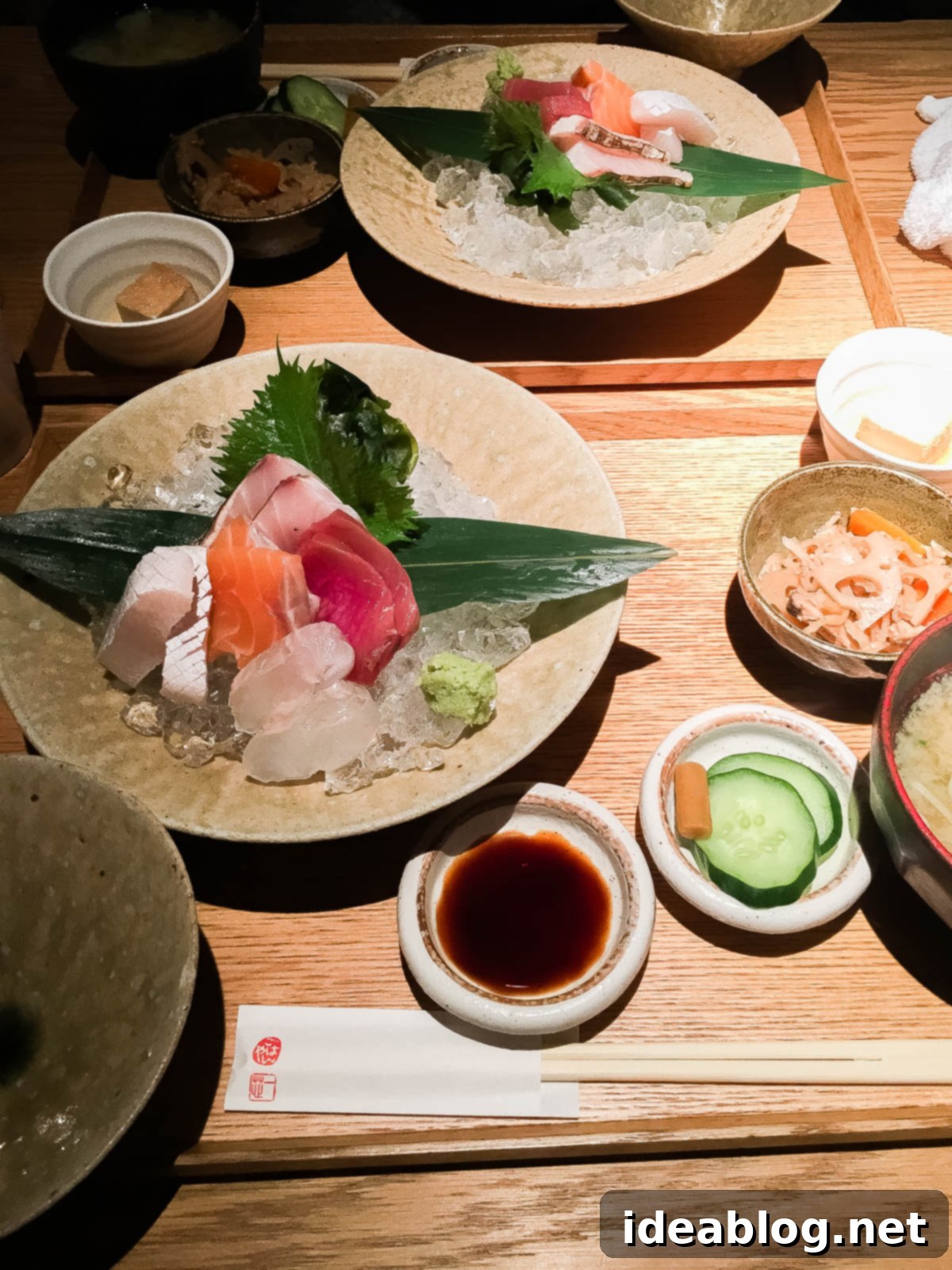
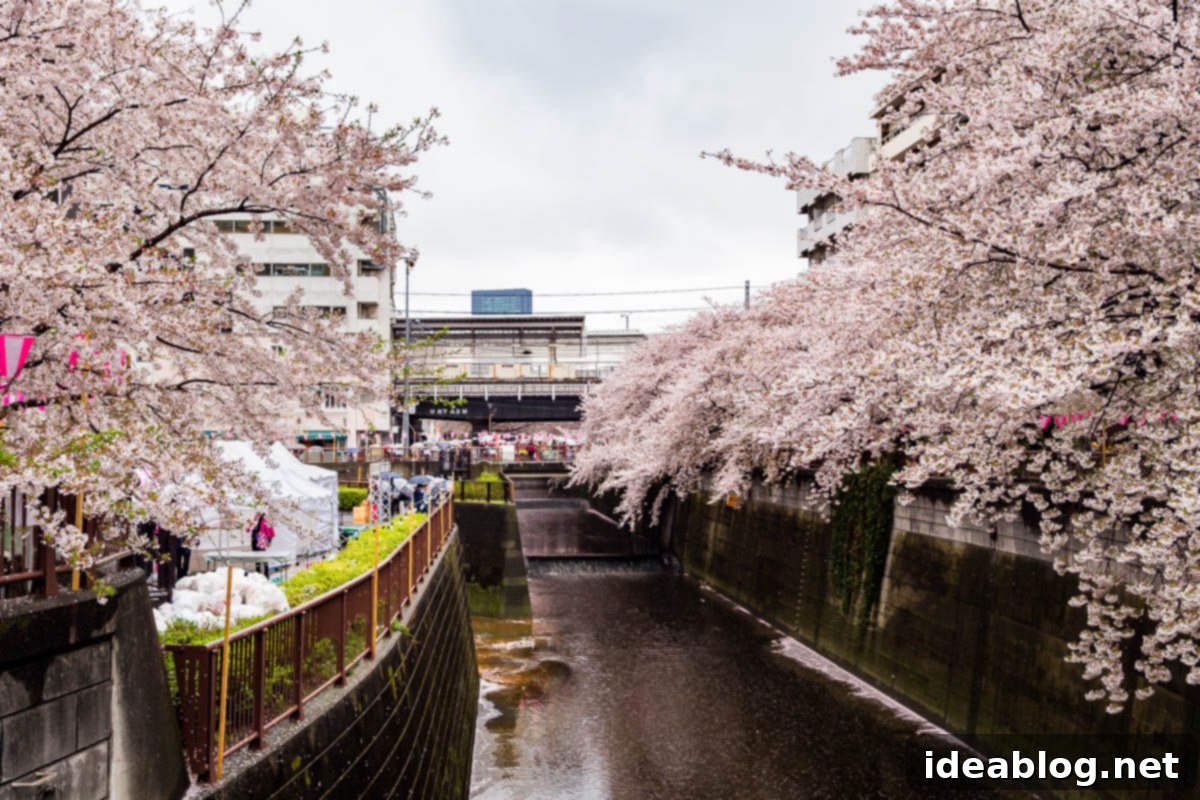
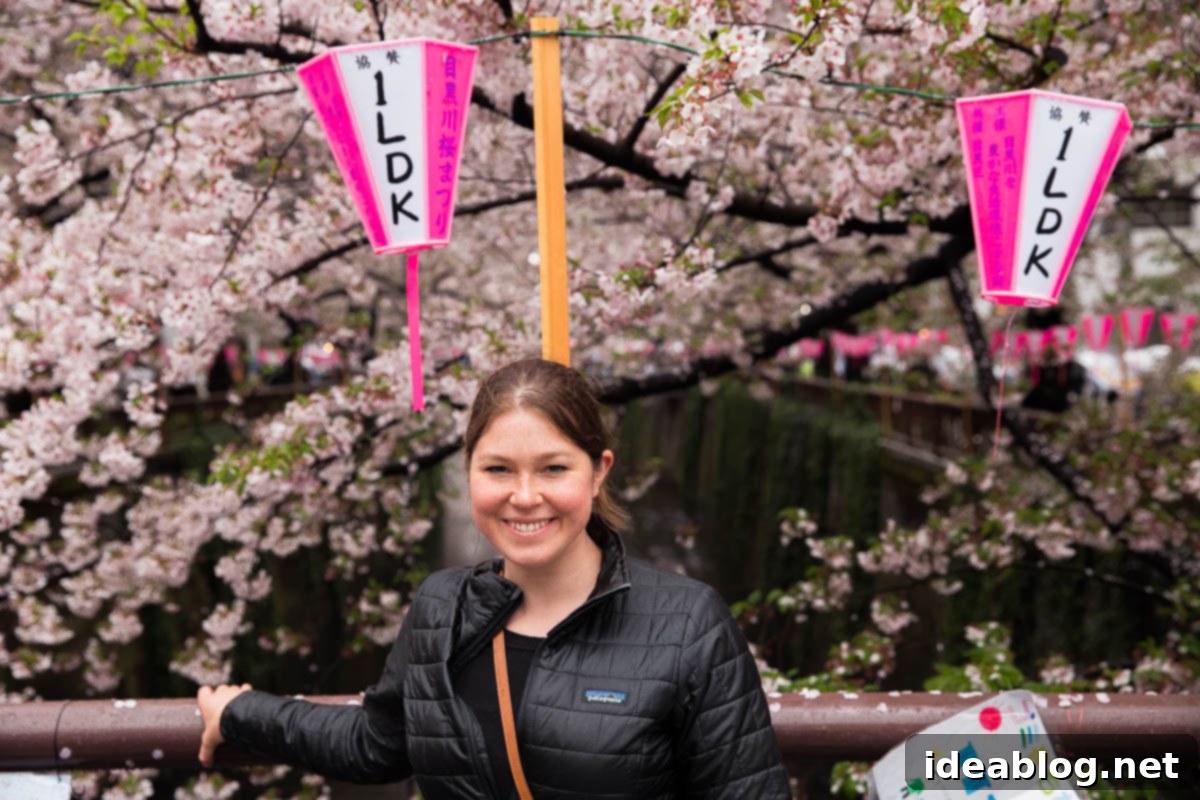
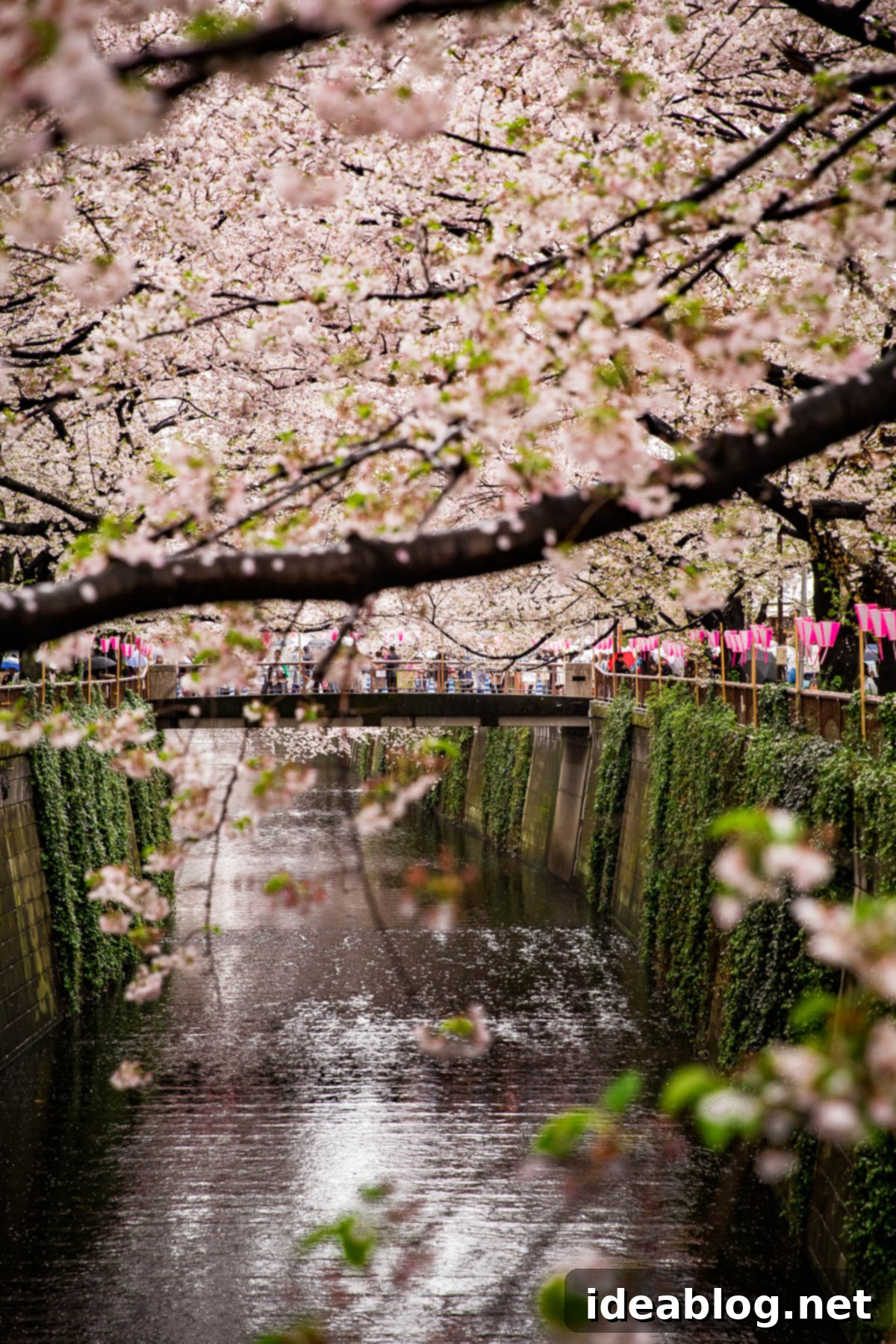
From our satisfying lunch spot, we walked just a few blocks to our next enchanting destination for exploration: the picturesque canals at Nakameguro. We were immediately enveloped by the stunning sight of gorgeous cherry blossom trees, stretching as far as the eye could see along the water’s edge.
Nakameguro is a major tourist magnet during cherry blossom season, drawing both Japanese locals and international visitors, and while it was quite crowded, the spectacle was absolutely breathtaking to witness in person. The famous canal is gracefully lined with charming shops and unique boutiques on both sides, and nearly every establishment was offering champagne or other delightful sakura (cherry blossom) themed drinks and snacks, adding to the festive atmosphere.
To momentarily escape the bustling crowds, we ducked into a few peaceful back alleys and residential streets. During our exploration, we discovered a cozy bookstore, grabbed some delicious coffee (I quickly fell in love with Japan’s convenience stores, which feature fridges stocked with an array of hot bottled beverages!), and even stumbled upon two quaint residential parks. One of these parks reputedly offered views of Mount Fuji, though sadly, visibility was zero on that particular day. Throughout our trip, I took a gazillion photos of flowers, and I have zero regrets about capturing so much natural beauty.
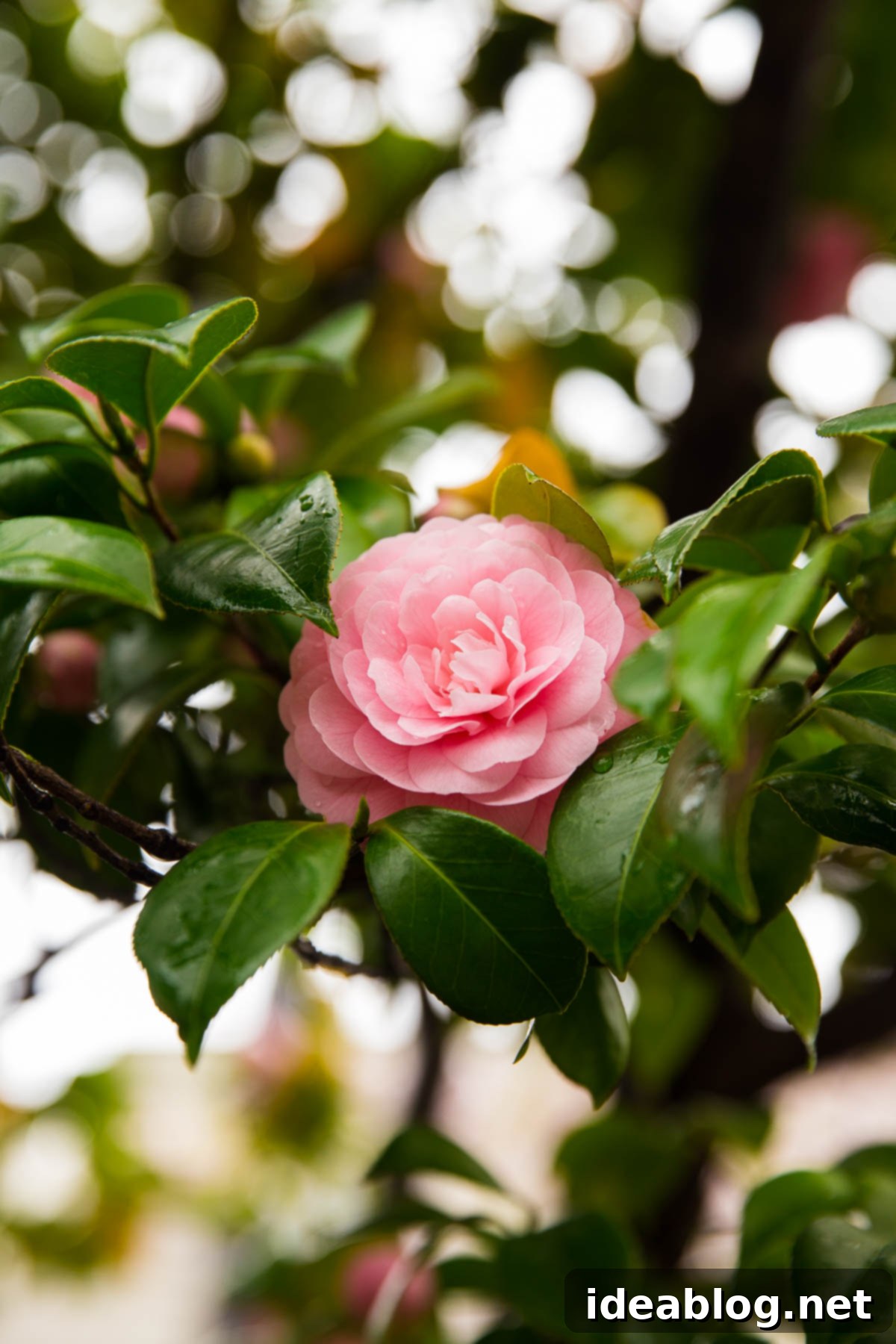
An Unforgettable Culinary Experience at Motoyoshi: Michelin-Starred Tempura
In the late afternoon, we took the subway back to our hotel in Shinjuku for a quick recharge before heading out for our pre-booked Journy dinner reservations at Motoyoshi, an exquisite Michelin-starred restaurant specializing in tempura. This meal was truly one of the most special and memorable experiences of our entire trip, and I can confidently say I would never have discovered this hidden gem on my own.
Located discreetly down a dark residential alley and a half-flight of stairs, the restaurant itself was absolutely stunning to walk into. The space was incredibly intimate and small, as is common with many Japanese establishments. What made it truly magical were the real cherry blossom branches gracefully draped just above the eight-seat counter. I have no idea how they managed this—or how these delicate blossoms remained so vibrant in a windowless space—but it was pure enchantment.
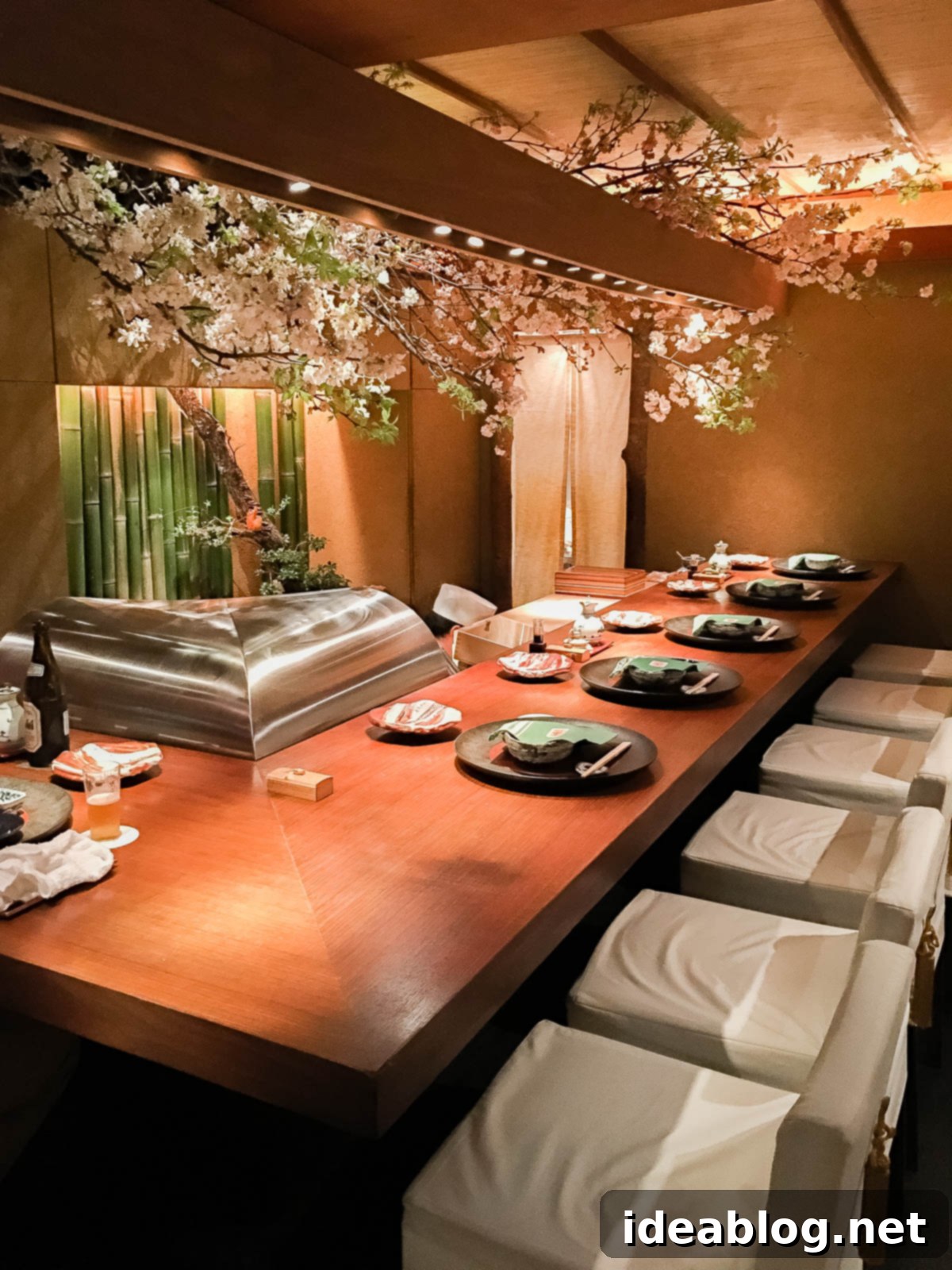
The menu was entirely in Japanese, but our gracious waiter, who spoke just enough English, guided us through the options, explaining there were four set menus with varying selections of vegetables and fish. Journy had specifically recommended their signature tempura shiso leaf, exquisitely topped with uni, and we immediately opted for that. The next two hours unfolded as an experience I will never forget.
At the beginning of our meal, the skilled chef, working right behind the counter, presented us with a beautiful wooden box. Inside, a meticulously arranged selection of market-fresh vegetables indicated the exquisite ingredients we would be enjoying that evening: plump, gorgeous asparagus, succulent shrimp (with bodies and heads artfully separated and fried/served distinctly!), earthy lotus root, fragrant shiitake mushrooms, tender baby octopus, delicate red snapper, and many more seasonal delights.
Each ingredient was carefully selected one at a time, lightly battered, and fried directly before our eyes in the lightest, crispiest, and not-even-remotely-greasy tempura batter imaginable. We received a new course, typically one or two perfectly portioned bites, every five to ten minutes, allowing us to savor each unique flavor.
Traditional Japanese tempura is designed to be flavored by the diner. We were provided with beautiful pottery dishes containing flaky sea salt, a wedge of fresh lime, finely grated daikon radish, and a delicate tempura sauce (a dashi broth). For certain special tempura bites that had been marinated, aged, or subtly seasoned with cherry blossom smoke, we were instructed to enjoy them unseasoned. Everything was absolutely delicious and felt incredibly special. If you ever find yourself in Tokyo, I wholeheartedly recommend making a reservation at Motoyoshi well in advance! Your perception of tempura will be forever transformed.
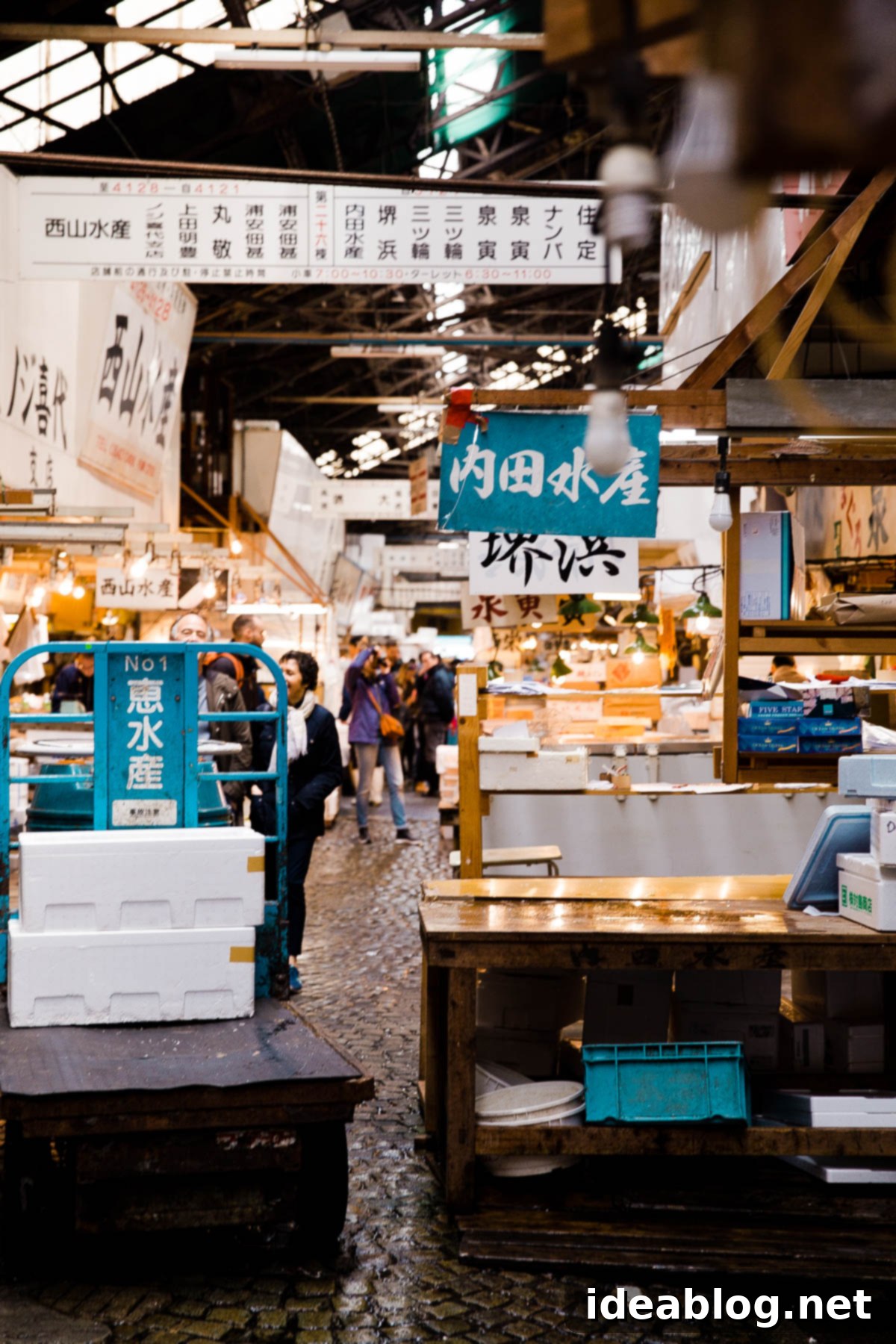
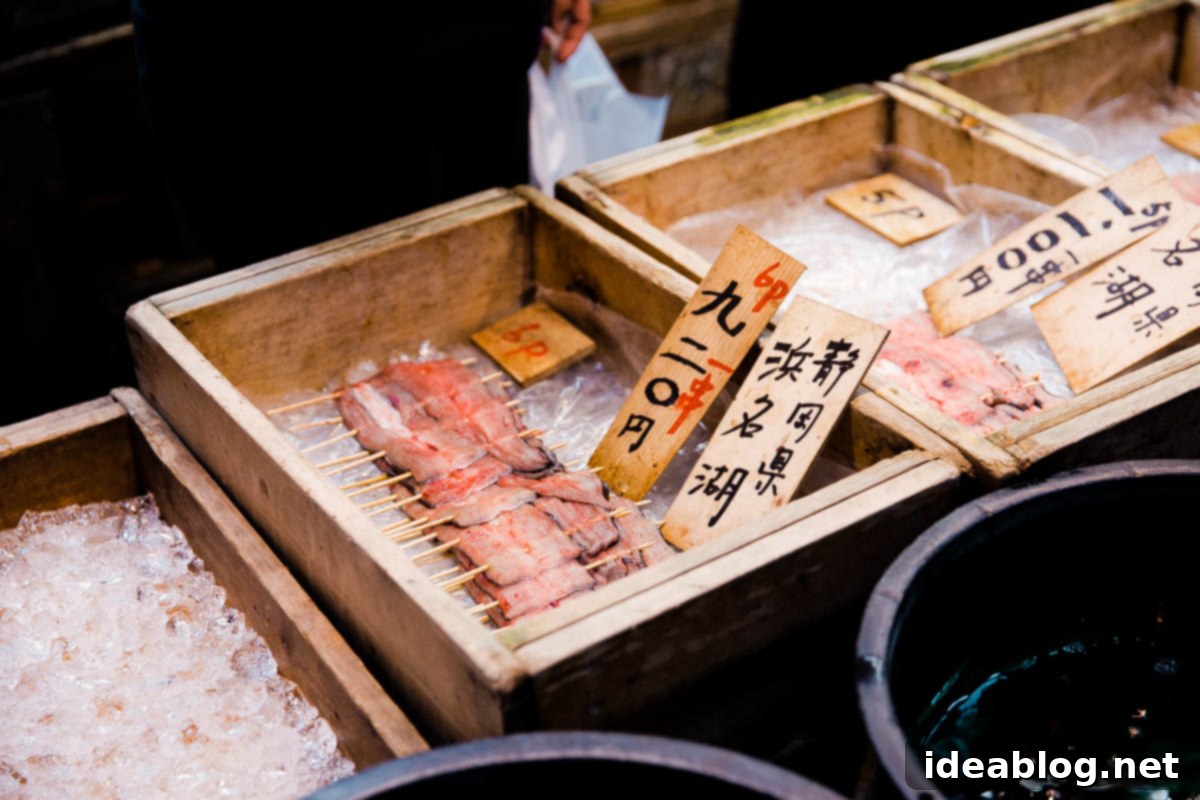
Tsukiji & Ginza: Market Bustle and Historic Coffee Culture
Our second full day in Tokyo was primarily spent immersing ourselves in the vibrant atmosphere of Tsukiji and the sophisticated nearby Ginza neighborhood.
The iconic Tsukiji Fish Market is an absolute must-visit destination in Tokyo and undoubtedly stood out as one of the major highlights of our entire trip. We had the pleasure of meeting up with my dear friend and fellow food blogger, Lindsay, and her husband, Taylor, whose own trip to Japan serendipitously overlapped with ours for a few days. Exploring this incredible city with friends and fellow food enthusiasts and photographers made the entire experience even more enjoyable and memorable!
We dedicated the better part of our morning to exploring the world-famous Tsukiji fish market, followed by an engaging sushi insider workshop. During this hands-on class, we learned the intricate art of preparing traditional Japanese sushi. The workshop commenced with a fascinating guided tour of the bustling fish market, where we had the unique opportunity to personally purchase fresh ingredients for our class—including a dramatic moment where a snapper was expertly prepared right before our eyes, ensuring ultimate freshness.
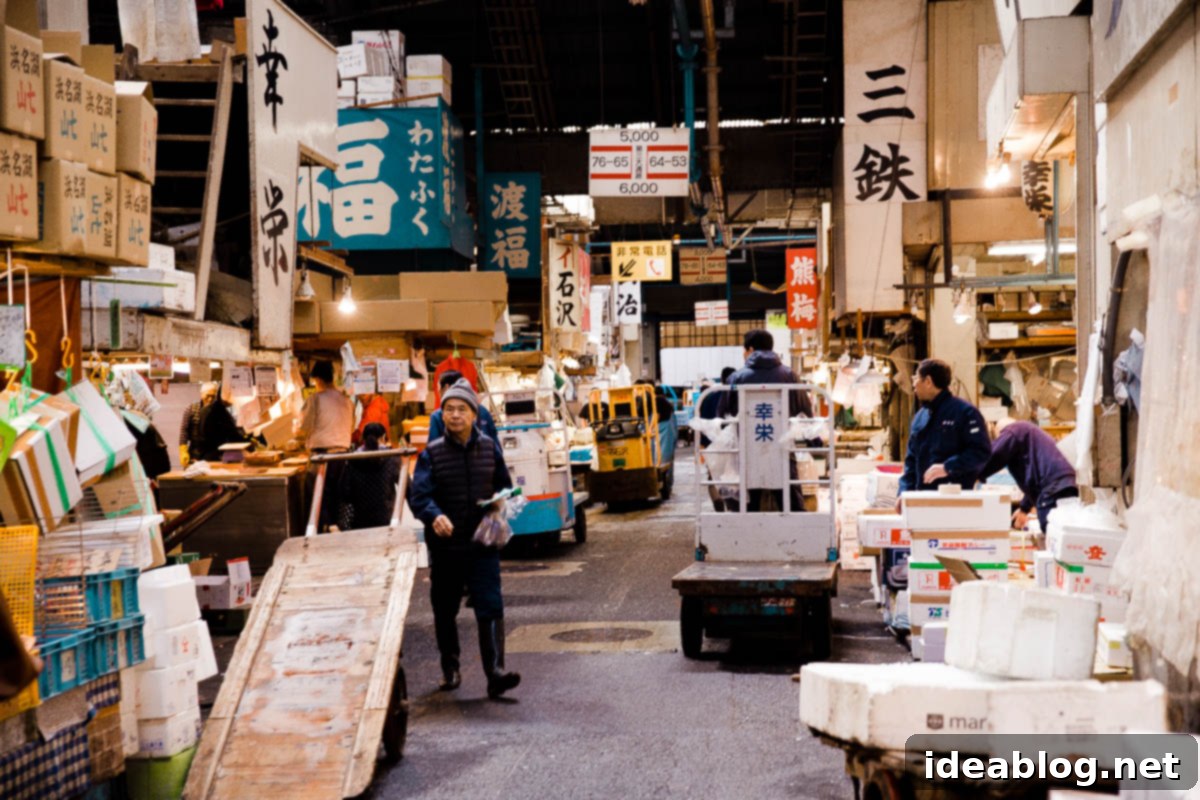
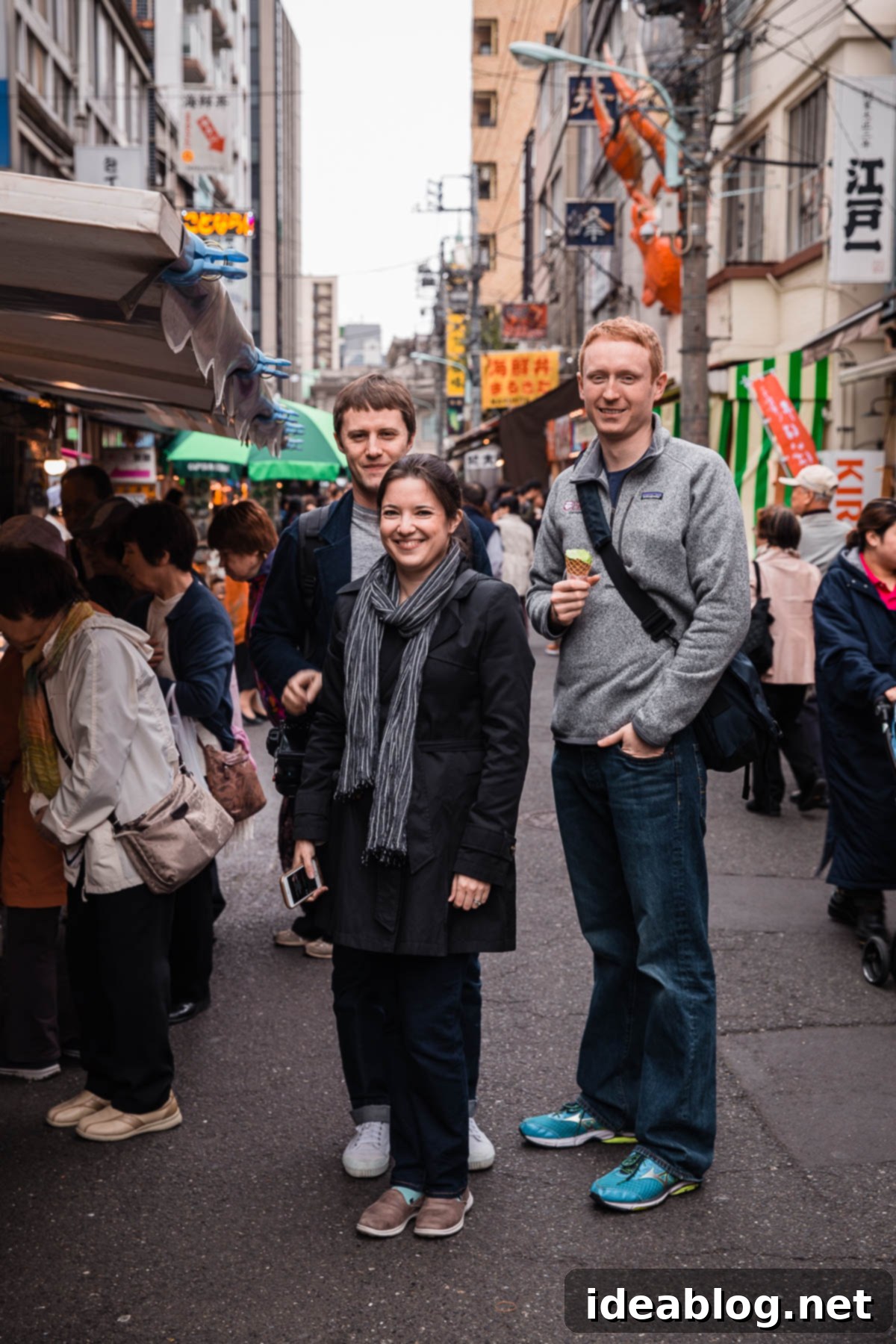
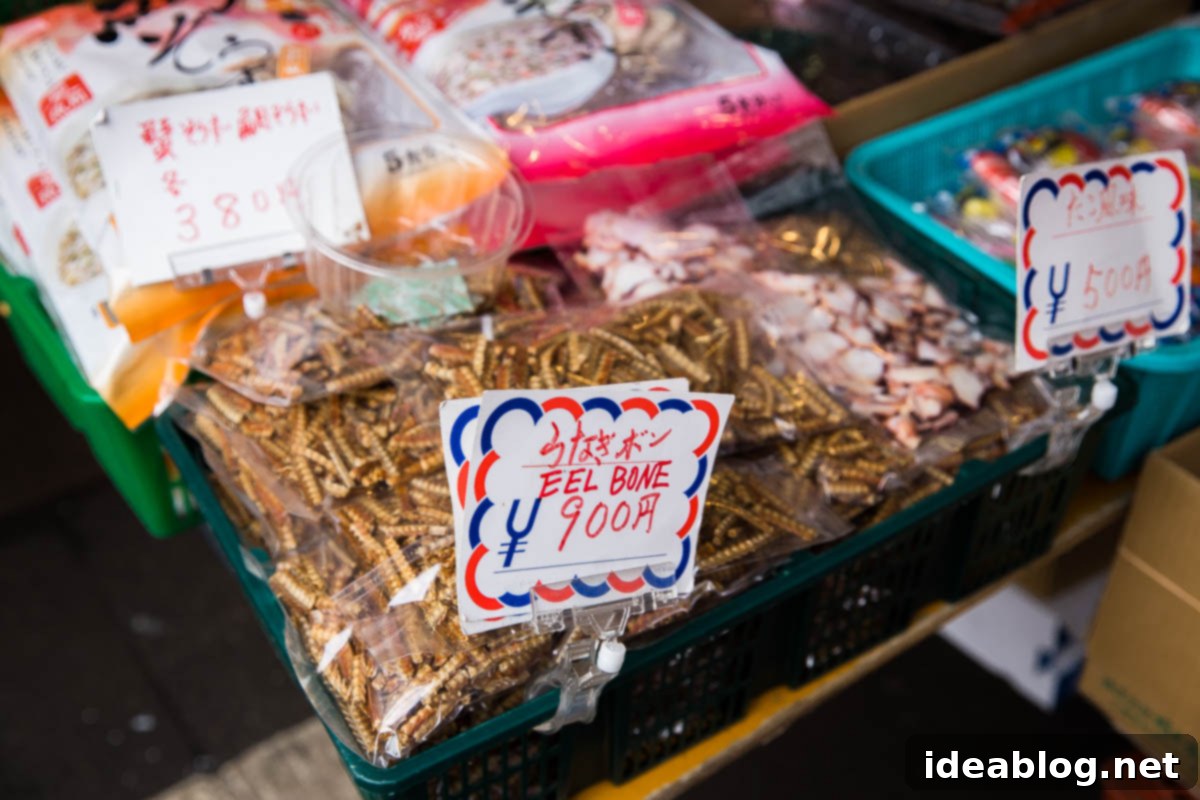
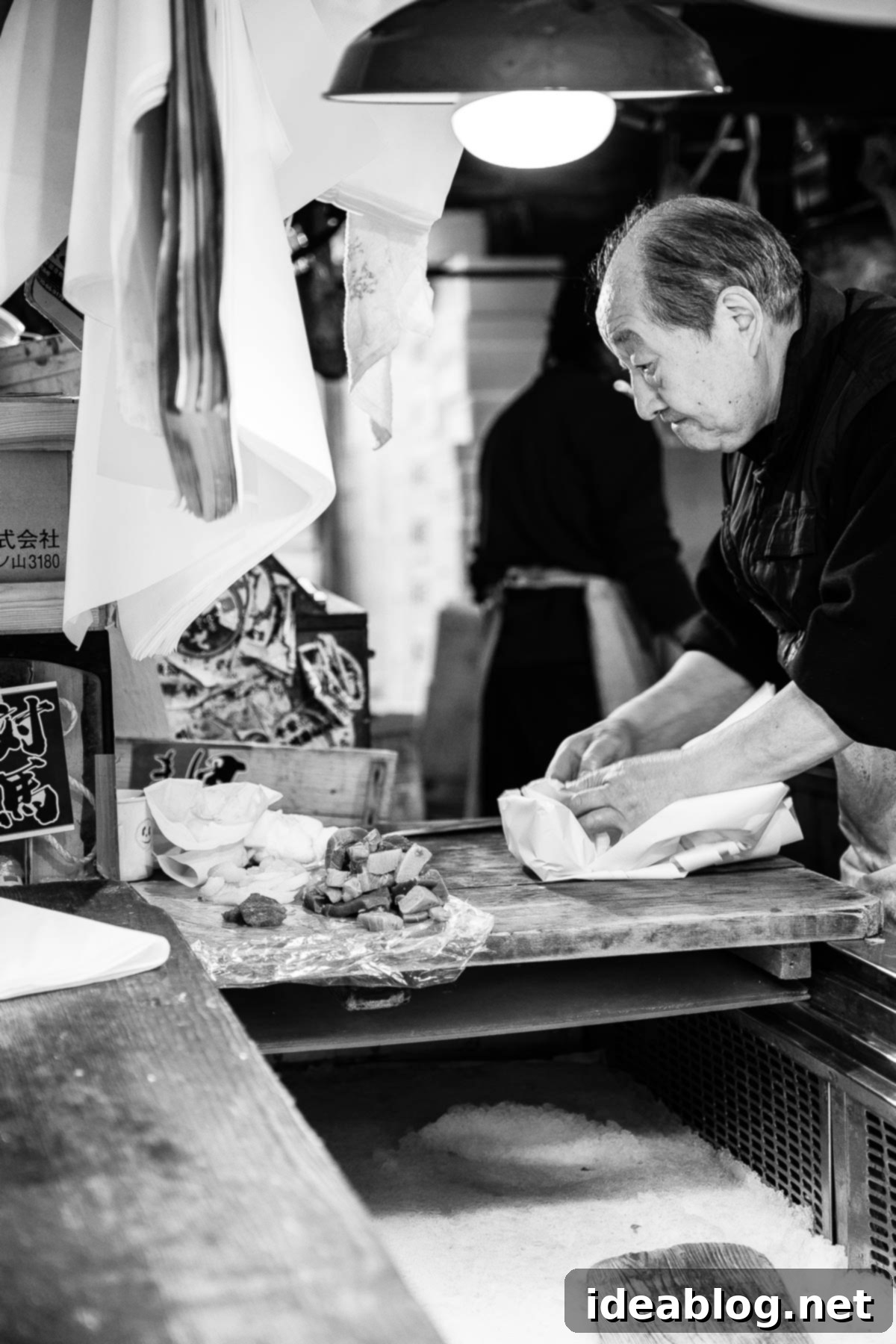
Just before we ventured into the bustling heart of the main market, our guide offered a memorable warning: “Once you cross into the market, fish are primary and people are secondary.” This couldn’t have been more accurate; we literally had to leap out of the way on several occasions for fast-moving motorized carts, often with zero warning! Despite the exhilarating chaos, the sheer energy and astonishing variety of fresh seafood—including vibrant cuttlefish, delicate eel, magnificent tuna, rich salmon, exquisite red snapper, subtle flounder, and luxurious urchin—were absolutely astounding! I could have easily spent hours there, simply observing and absorbing every incredible detail.
After our workshop, we filled ourselves to the brim with the freshest, handmade sushi imaginable (literally, tons of it!) and then explored the captivating outer Tsukiji market. There, we indulged in refreshing matcha and delectable sakura (cherry blossom) soft-serve ice cream—just one of many delightful soft-serve treats we enjoyed throughout our trip.
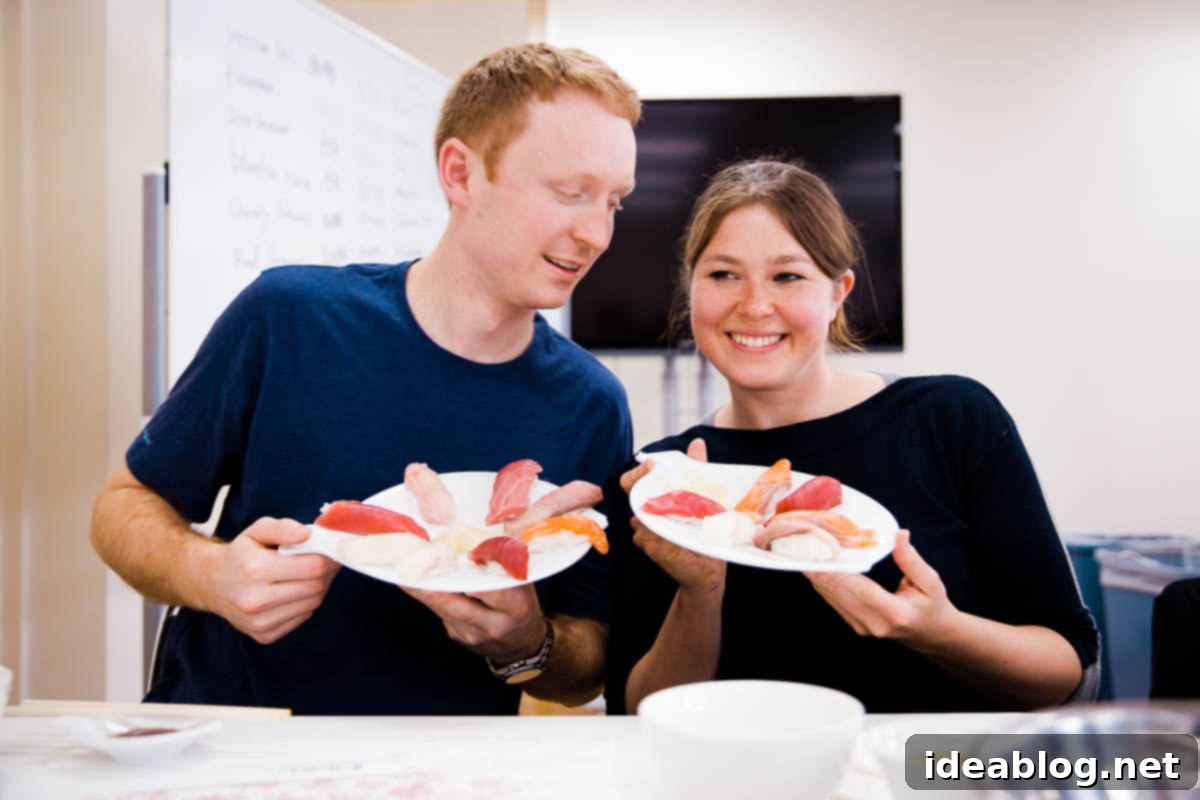
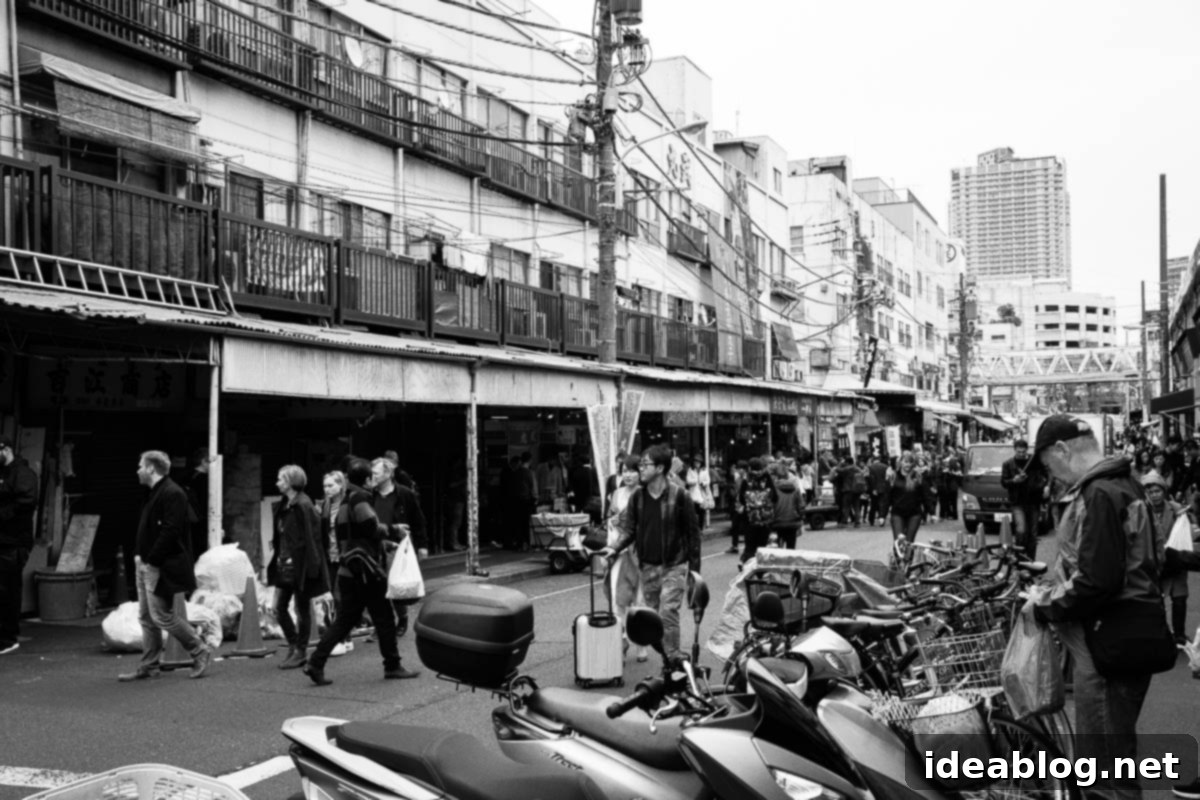
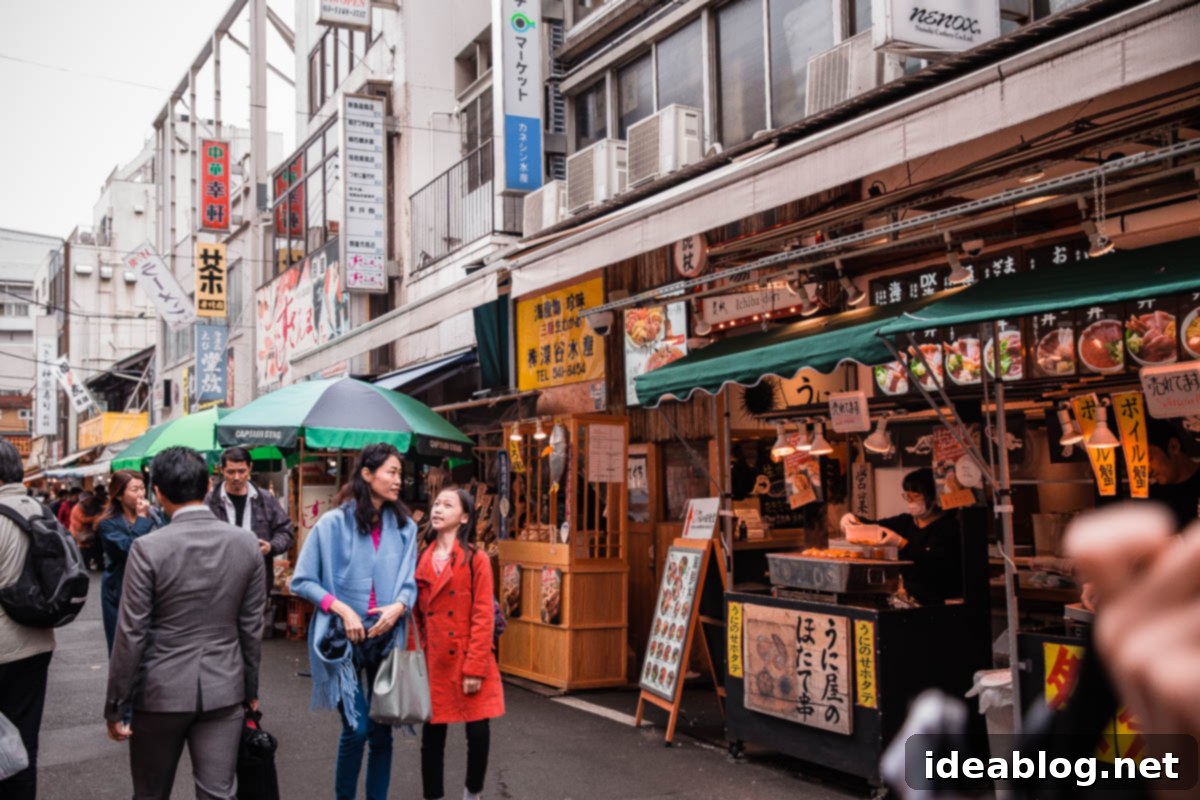
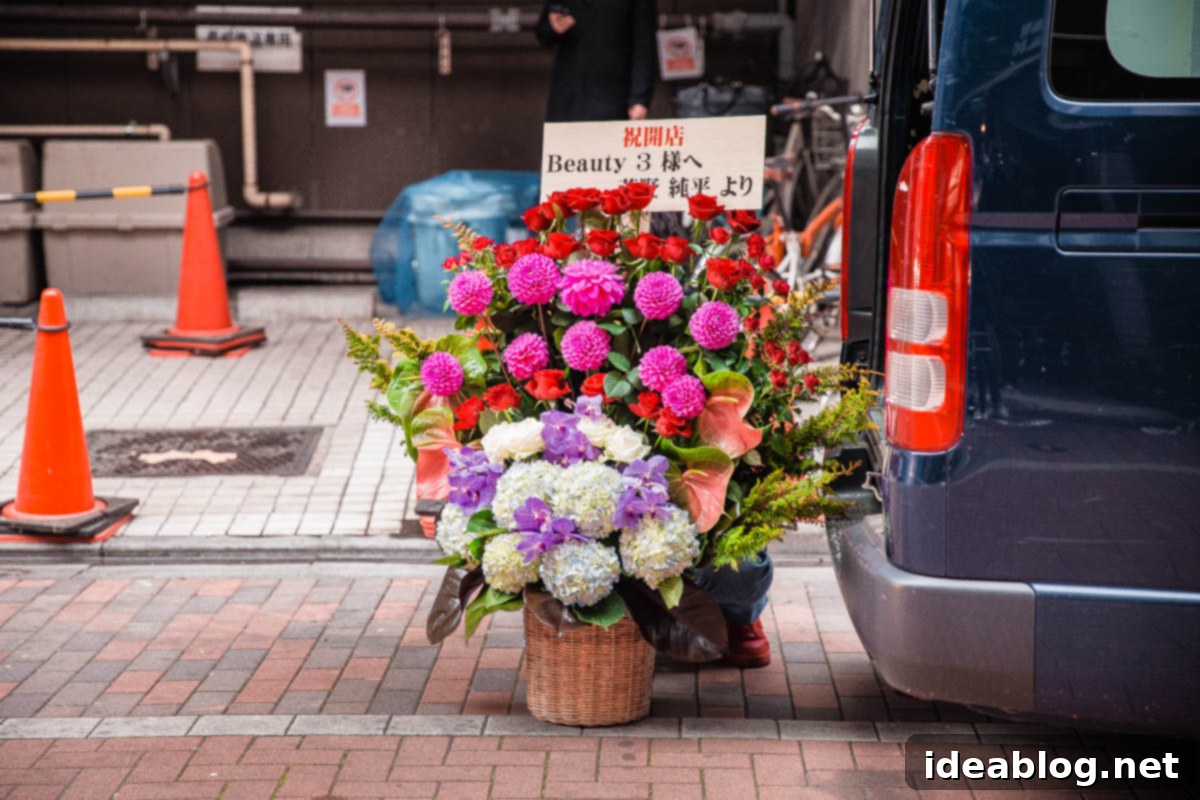
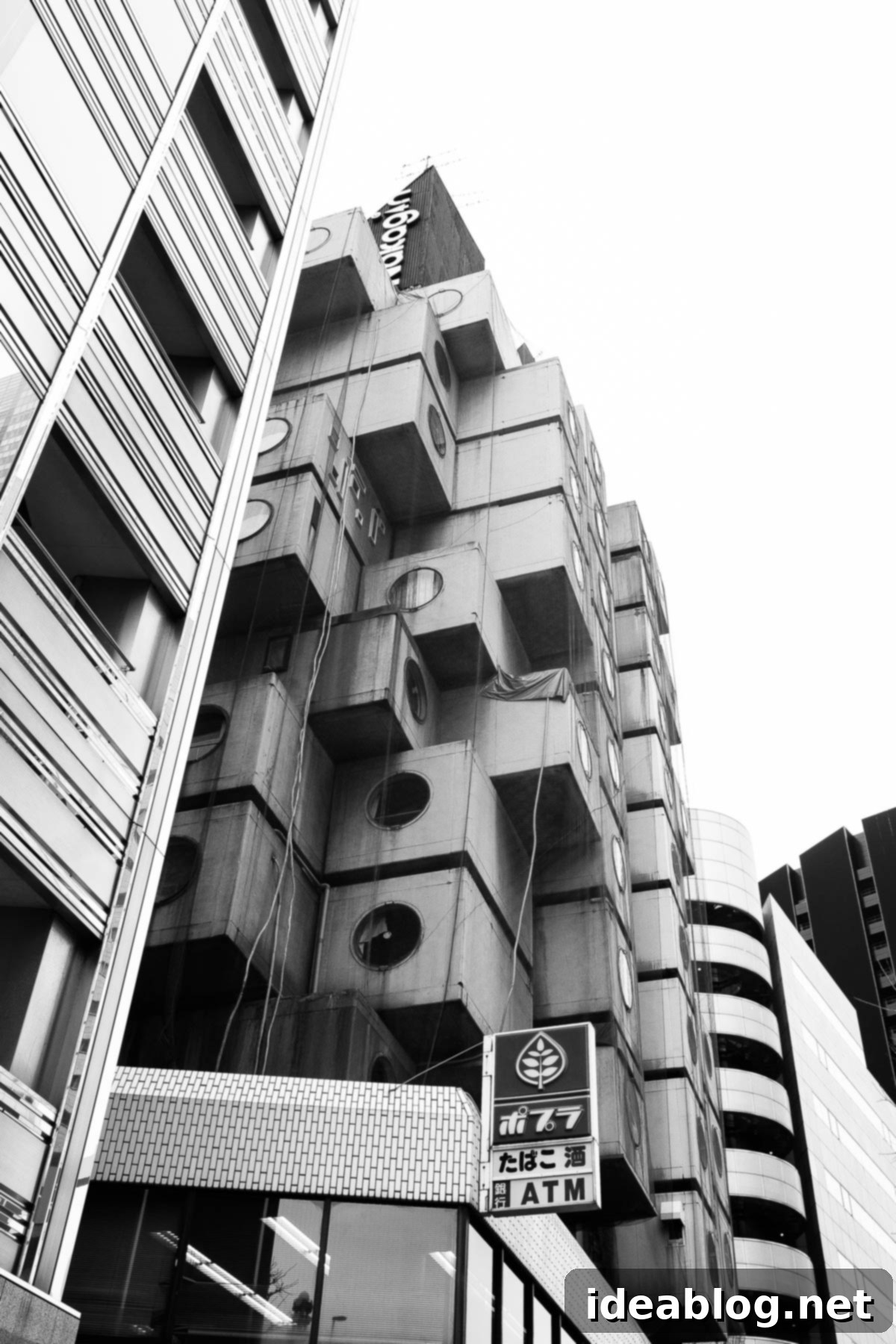
Following our market exploration, we made our way to the upscale Ginza neighborhood, renowned for its high-end shopping and sophisticated ambiance. En route, we decided to make a spontaneous stop for coffee at Cafe de L’Ambre, one of Tokyo’s oldest and most iconic coffee shops.
This tiny, charmingly smoke-filled cafe is legendary for serving coffee brewed from exceptionally aged coffee beans, some boasting an impressive maturity of over 40 years! The venerable owner, who is well over 90 years old, still personally comes into the cafe every single day to roast the coffee himself—a testament to extraordinary dedication and passion. Connor and I initially read about this unique establishment in a guide book, and since we found ourselves within walking distance, we all unanimously decided it was an experience not to be missed.
The place exuded incredible character, brimming with history and a distinct atmosphere. The coffee menu was presented much like a fine wine list, detailing various coffee varieties and their respective ages, available by the single or double serving. Three of us—myself, Connor, and Taylor—decided to embrace the adventure and ordered single shots of their oldest coffee offering: Brazilian Bahia beans aged since 1973. Yolo!
We received what appeared to be a shot glass worth of meticulously brewed coffee, presented at the not-so-modest price of 870 yen (approximately eight dollars!) per single dose. The verdict? Clearly, none of us are true coffee connoisseurs in the most refined sense. However, the unique atmosphere, the rich history, and the sheer experience itself were undeniably worth every yen.
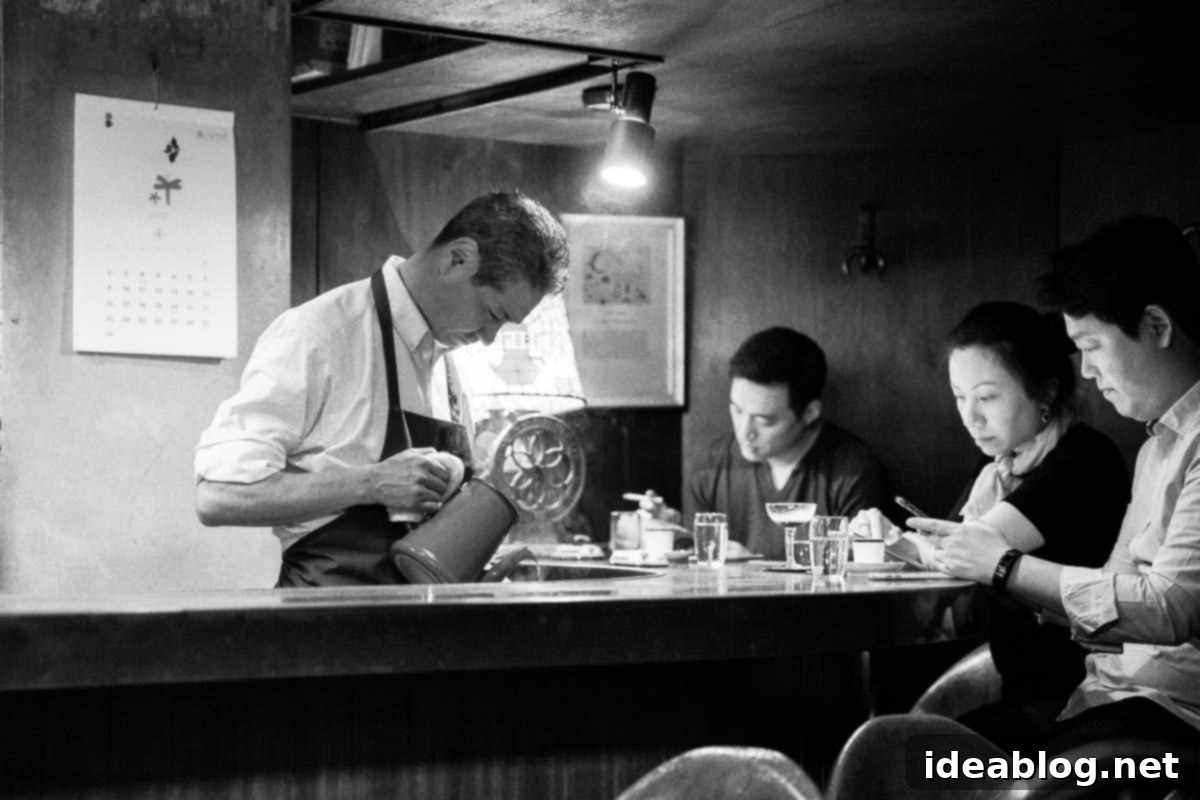
That evening, we remained in the vibrant Shinjuku area and headed for dinner at Robata-Shou, a wonderfully fun and casual traditional Japanese gastropub, also known as a robata izakaya. Upon walking in, we were immediately greeted with boisterous enthusiasm by the entire kitchen staff, a truly heartwarming welcome. Despite being the only foreigners in the entire establishment and navigating some language barrier challenges, we couldn’t have felt more genuinely welcome and at ease.
The restaurant specialized in exquisitely grilled seafood, highlighting the freshest catches selected from the market that very day, alongside perfectly prepared vegetables and other uniquely delicious side dishes.
We savored delectable red snapper, expertly skewered and grilled over open flames right before our eyes, tender grilled daikon adorned with a delicate sake glaze, an incredibly unique and utterly unforgettable potato salad (I can’t even begin to describe the delightful ingredients!), and perfectly cooked, plump asparagus. The entire meal felt incredibly authentic and ventured far off the typical tourist path, yet it was remarkably different from any of our previous dining experiences, offering a fresh perspective on Japanese flavors.
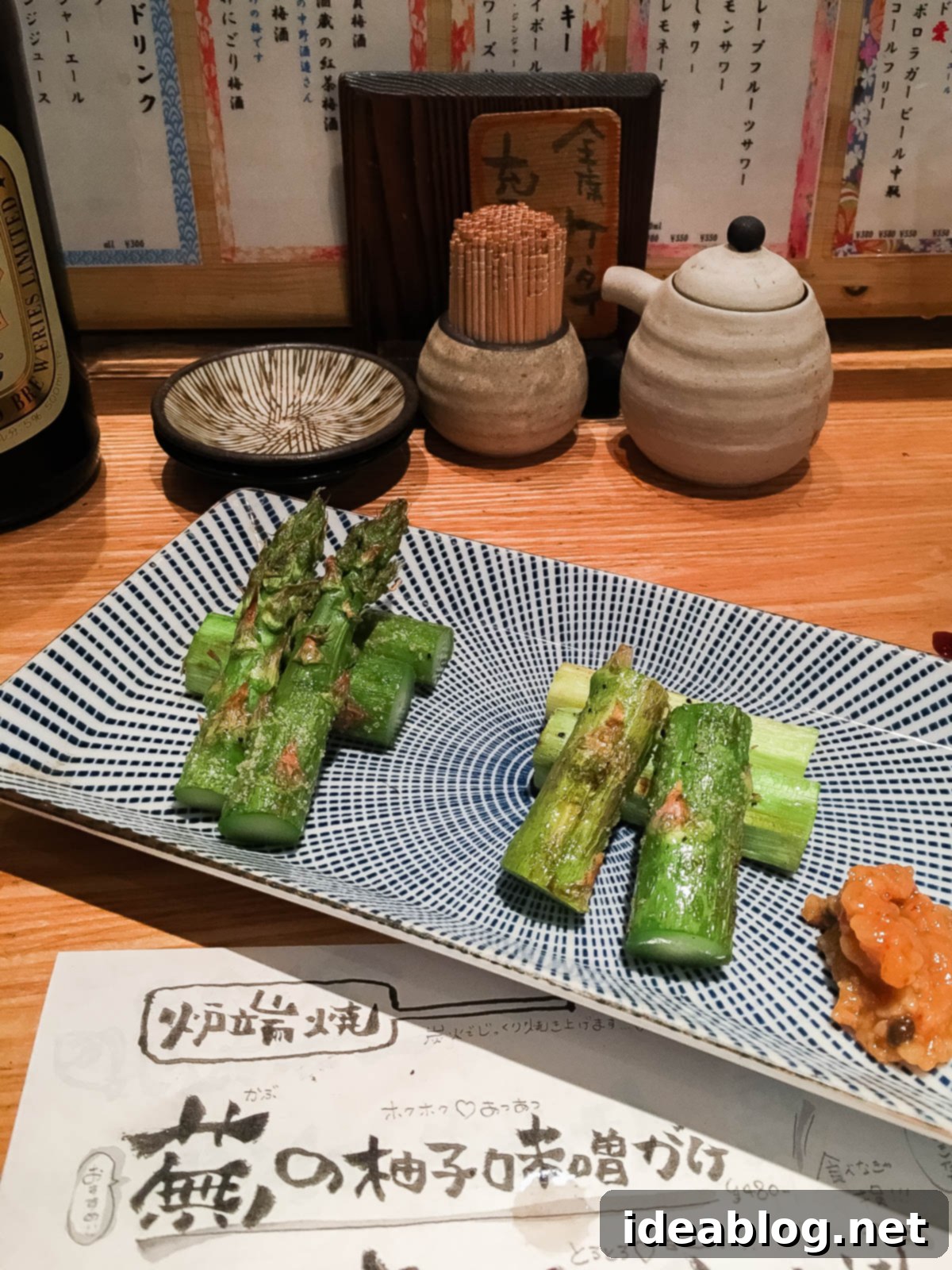
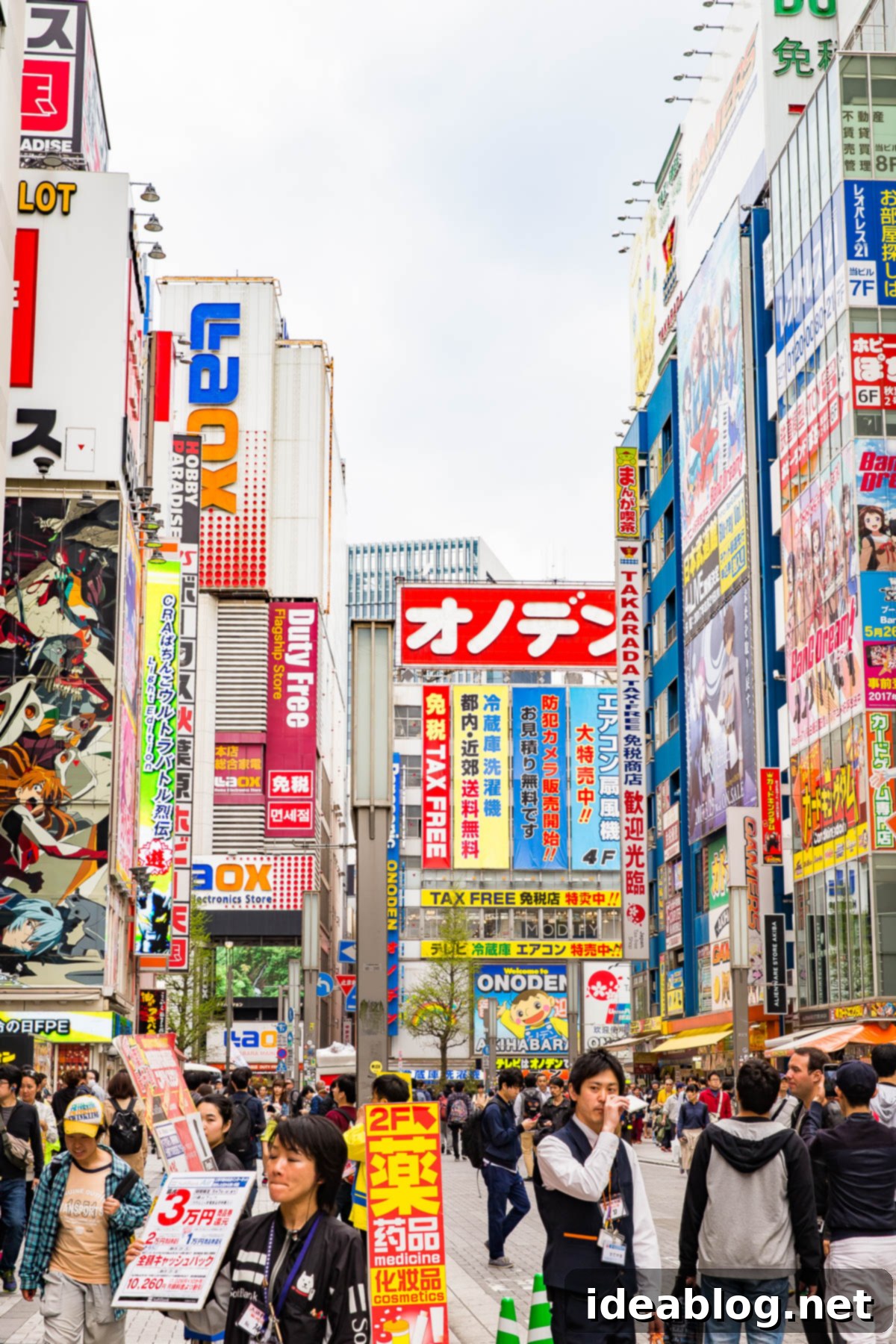
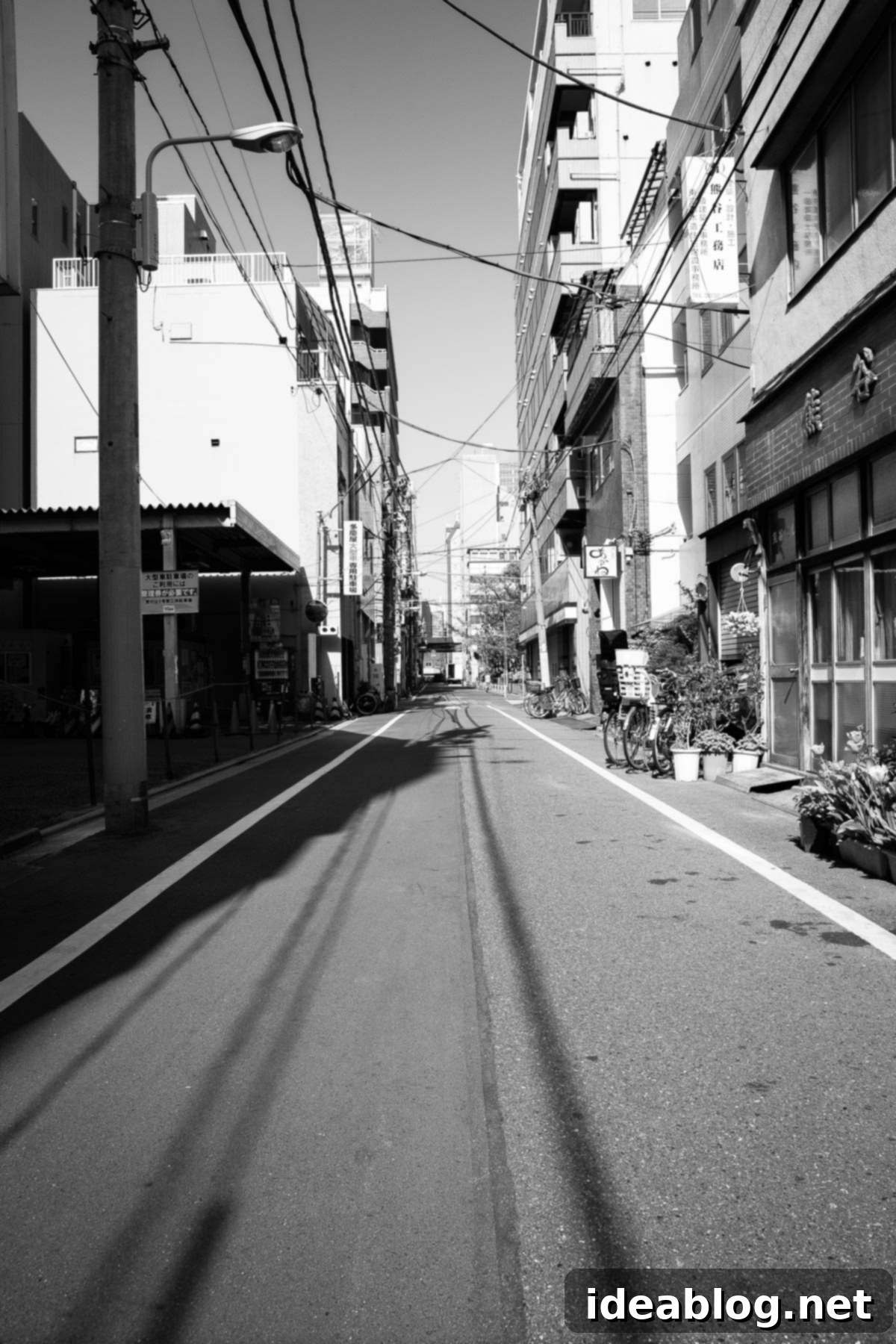
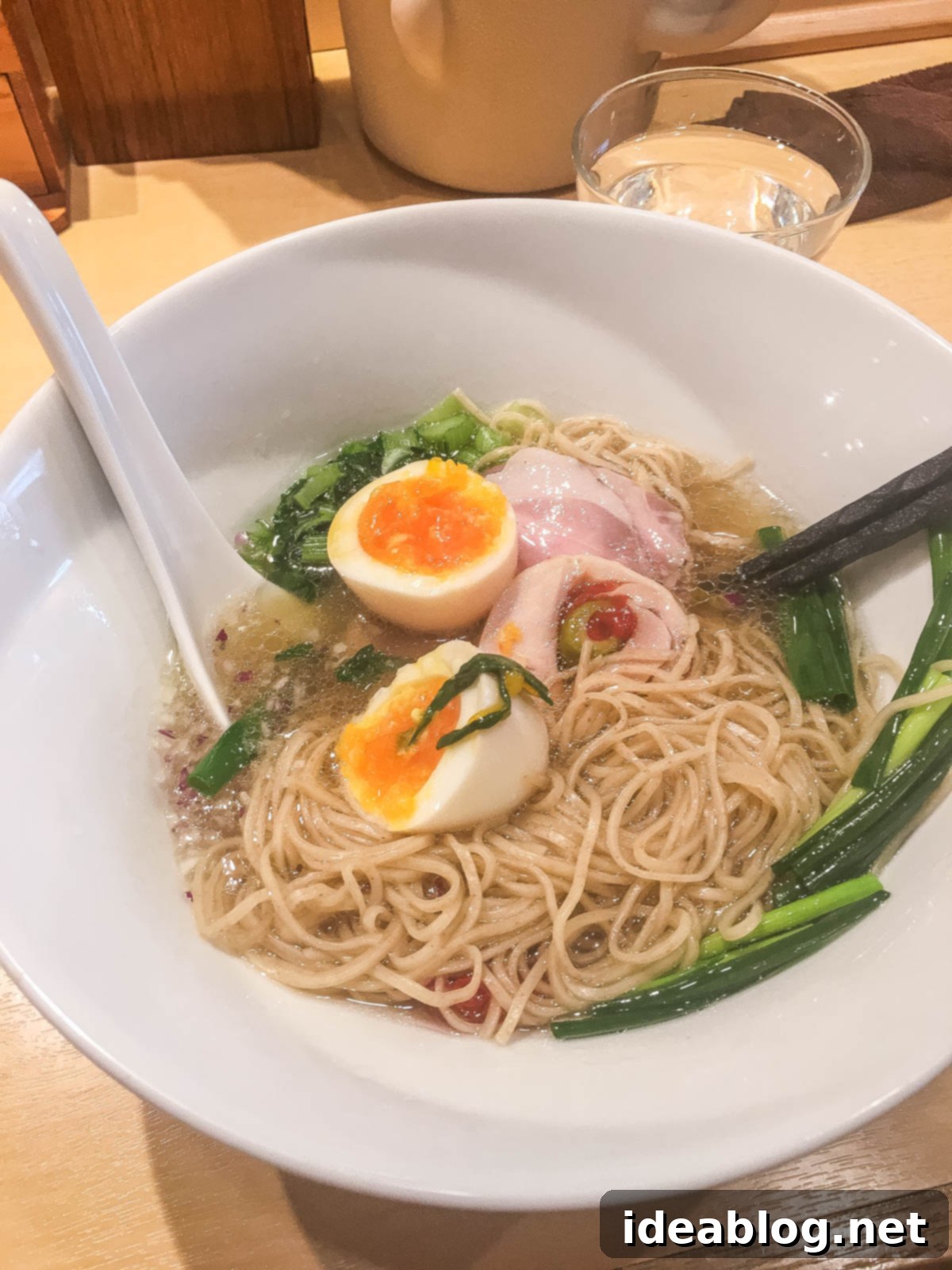
Akihabara (Electronics District), Kappabashi, and Ueno: Modernity, Crafts, and Final Culinary Delights
Our final day and a half in Tokyo (following our enlightening travels to Kyoto, which I’ll detail in an upcoming travel guide!) were spent exploring the historic Ueno neighborhood. This area proved to be conveniently located, offering easy access to the remaining districts we wished to experience and providing a straightforward connection to the Narita Airport express train for our return journey home.
Upon our return to Tokyo via the bullet train from Kyoto, we promptly dropped off our bags at our Ueno hotel. Fueling up for our final explorations, we indulged in an incredible bowl of shio ramen at Motenashi Kuroki, which unequivocally became my favorite ramen experience of the entire trip. Afterward, we set off on foot to explore Akihabara, famously known as Tokyo’s electric town or electronics district.
Akihabara can truly be encapsulated in two words: sensory overload. Every inch of the towering high-rise buildings in this relatively concentrated area is saturated—and I mean, covered!—with dazzling, colorful advertisements, dynamic signage, and animated displays. While I could only manage about half an hour or so of this intense visual spectacle, it was undeniably fascinating to witness in person! It felt as though we had stepped directly into a comic book, or as my friend Lindsay aptly described, a giant pin-ball machine. The fact that we couldn’t read any of the Japanese text only added to its captivating, almost surreal allure.
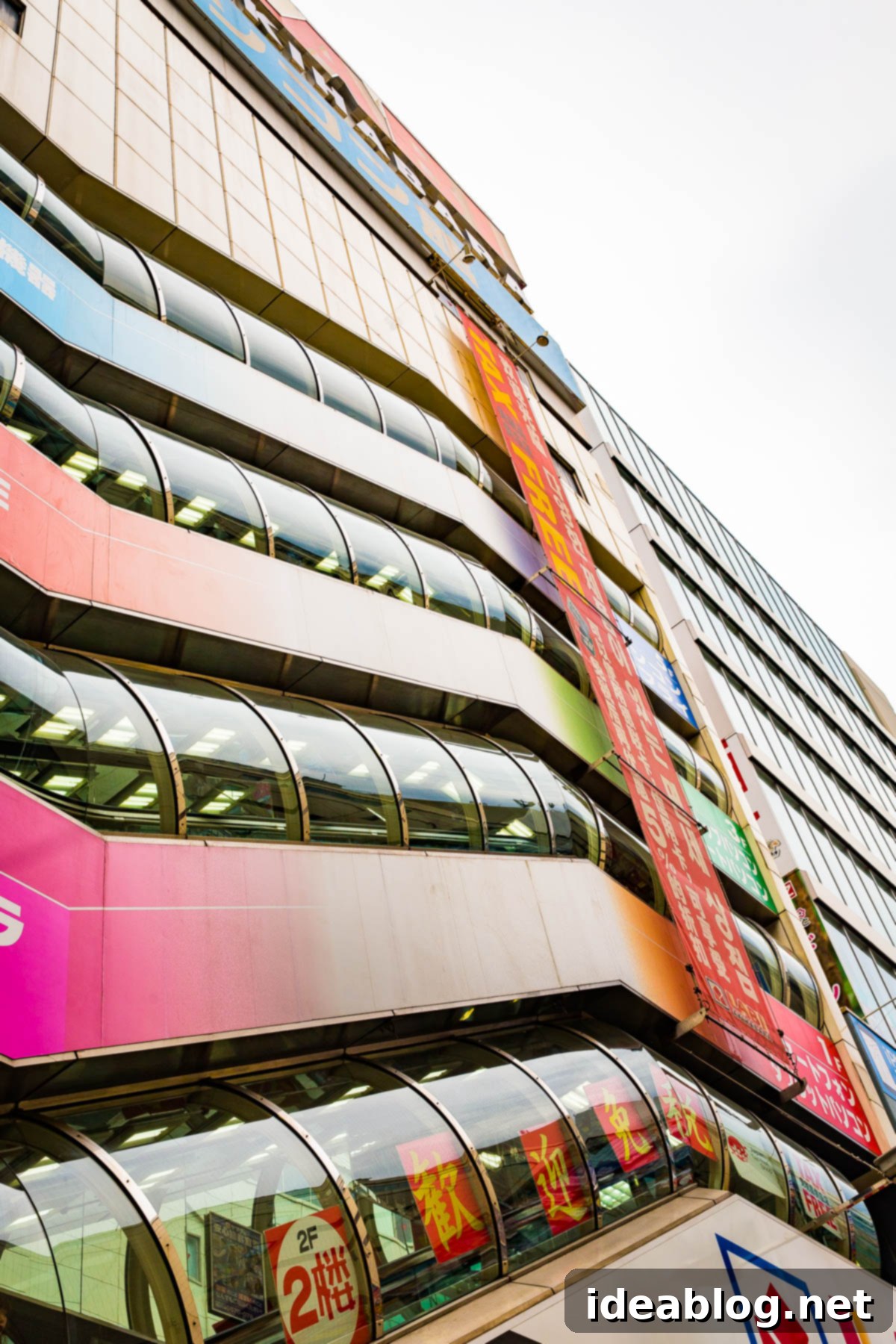
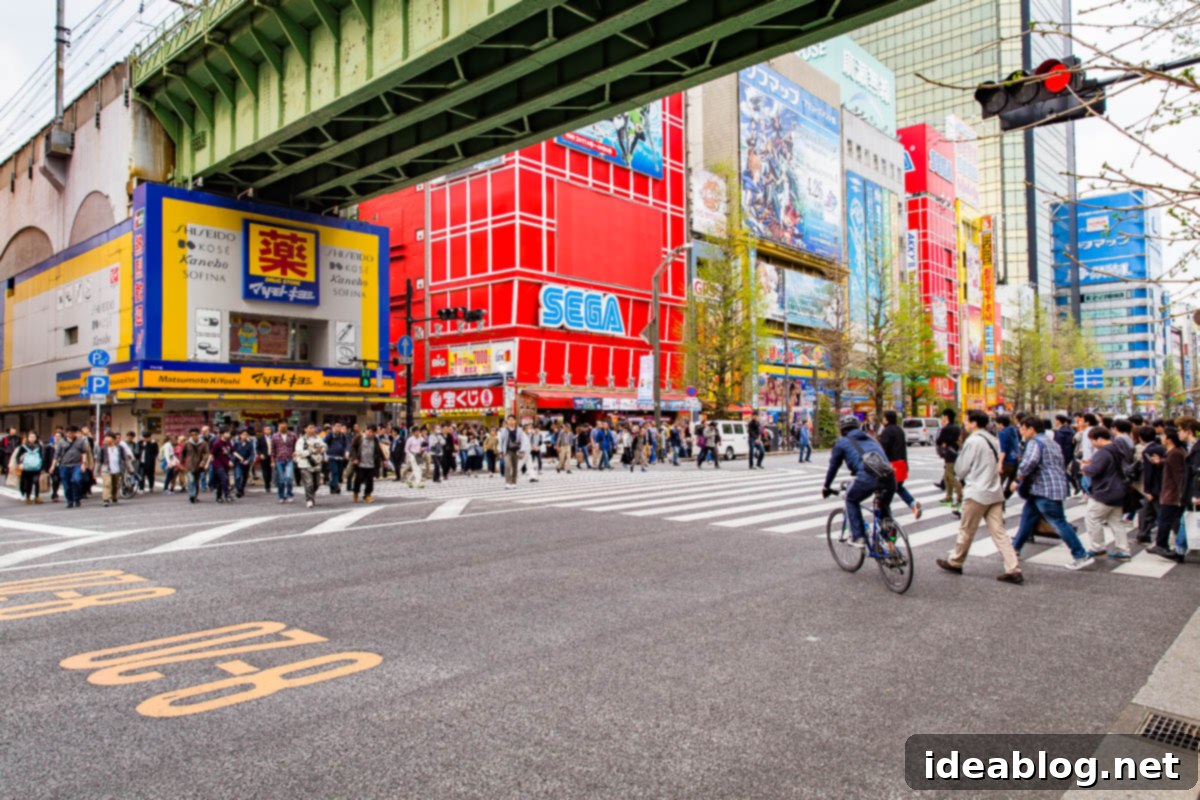
After a brisk stroll through the expansive Ueno Park, we made our way to Kappabashi, affectionately known as “kitchen town” street. While Kappabashi is predominantly filled with stores catering to commercial kitchen supplies, I was delighted to discover a handful of shops offering beautifully crafted (albeit fairly common) Japanese pottery at excellent prices—a perfect treasure trove for food photography props! Kappabashi is also renowned for its unique plastic food shops, which specialize in intricately handcrafted plastic food models used to display dishes in most traditional Japanese restaurant windows. These incredibly realistic replicas are truly a sight to behold and a testament to Japanese artistry and attention to detail.
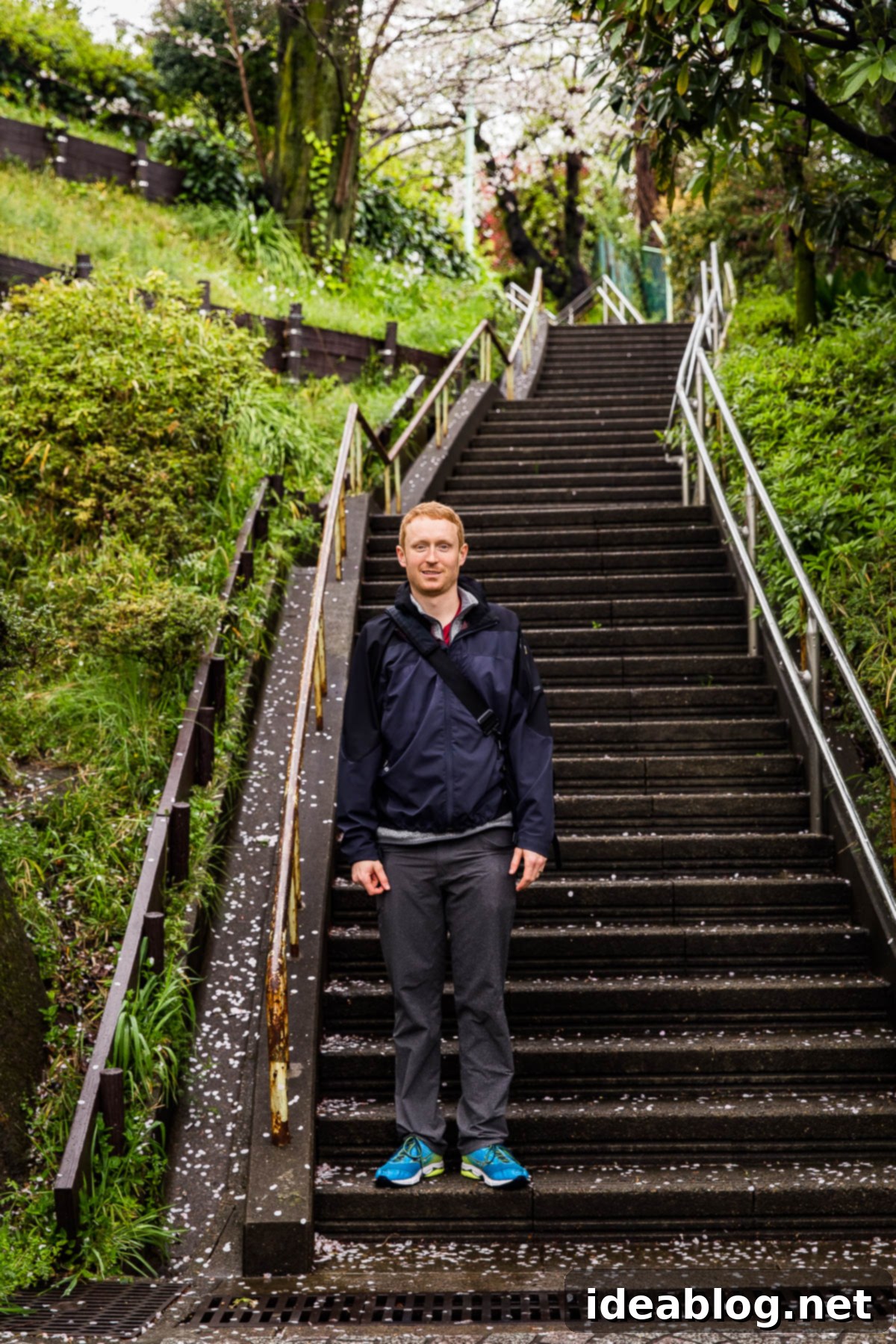
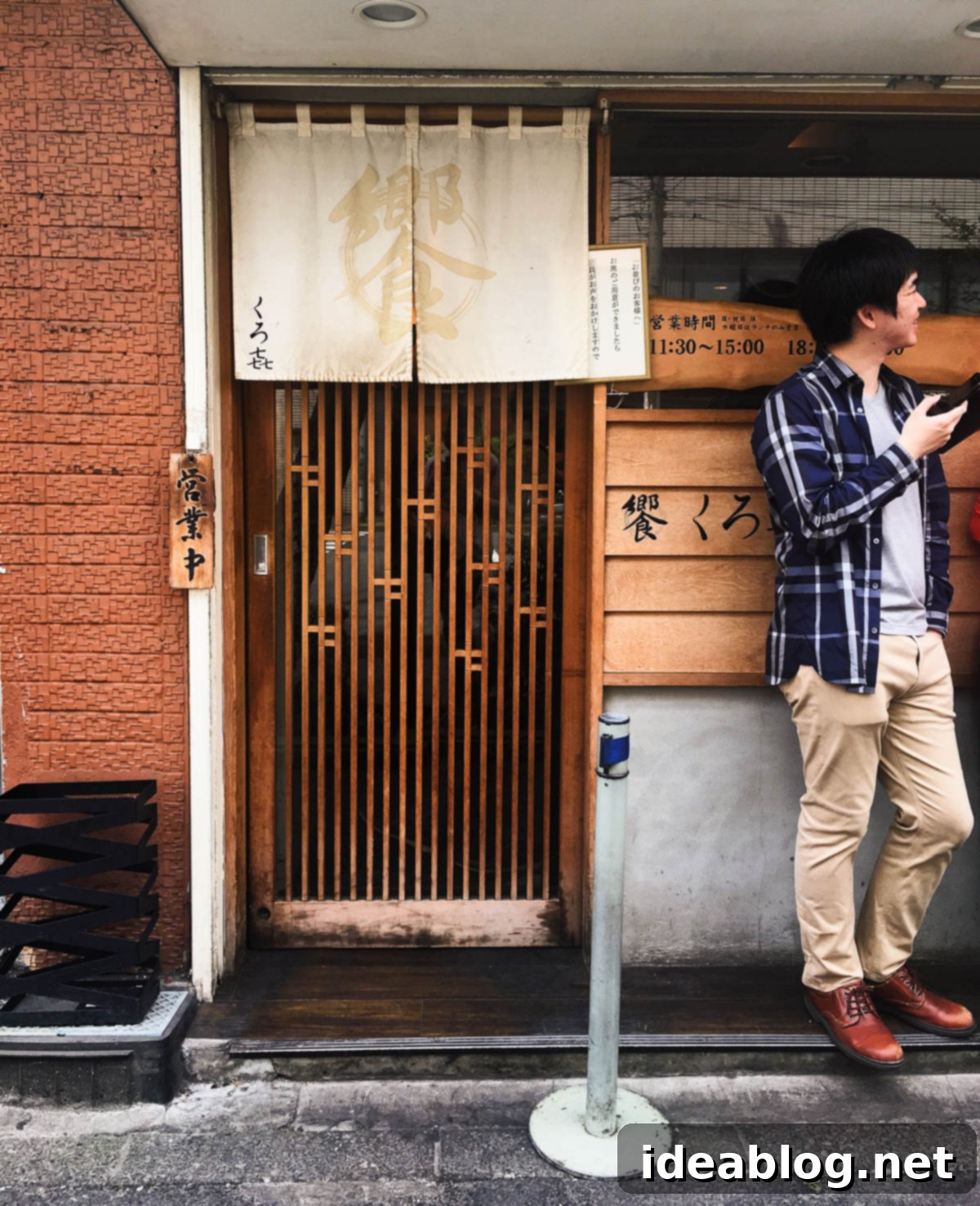
Our final, truly unforgettable meal in Tokyo was enjoyed at the incredible Sushi Miyazono. Once again, I must give immense credit to Journy for this exceptional recommendation, as Miyazono is not widely known among non-locals. In fact, the chef himself expressed curiosity about how we even discovered his establishment.
While this particular meal was the most expensive of our entire trip, it was unequivocally one of the finest culinary experiences (let alone sushi!) of my life, and I genuinely mean that. If you’re undertaking the journey all the way to Tokyo, I highly recommend splurging on at least two truly special dinners. You never know when you’ll have the opportunity to return!
Chef Miyazono masterfully prepared bite after exquisite bite of luxurious sushi pieces, alongside other delicate creations, including a savory miso crab gratin. The dinner was as much a theatrical spectacle as it was a culinary revelation. His dedication to his craft was awe-inspiring. The restaurant itself, an intimate space with only eight counter seats, operates until 3 am every evening. Once it closes, the chef heads directly to Tsukiji Fish Market (or the newer Toyosu Market) to personally procure the absolute finest and freshest ingredients for the following evening’s service.
The day’s pristine seafood is proudly displayed in a beautiful wooden box atop the elegant eight-seat wooden counter, a testament to its quality. Although Chef Miyazono and his staff spoke almost no English, we were more than happy to be served anything the chef prepared for us. Every single bite was memorable, a perfect crescendo to our Tokyo gastronomic journey.
Where to Eat + Drink in Tokyo: A Culinary Journey
- Isetan Department Store – Visit this famous Shinjuku department store, particularly renowned for its incredible basement food hall. It offers every type of prepared food imaginable, from exquisite pastries to fresh seafood. Spend time exploring the diverse stalls, sampling delicious treats, and soaking in the vibrant atmosphere.
- Gohan-ya Isshin – Tucked away down a flight of stairs in an unassuming Shibuya building, this serene restaurant offers incredibly affordable and authentic Japanese lunch or dinner sets (approximately ¥1,000 per person). It’s the perfect tranquil spot to rest tired feet before venturing out to explore the bustling streets of Nakameguro.
- Motoyoshi – An absolutely stunning Michelin-starred restaurant specializing in exquisite tempura. Located a short subway ride from Shinjuku, the menu features four carefully curated set meals, ranging from ¥9,500 to ¥14,900 per person. Dining here is an intimate and unforgettable culinary experience of a lifetime.
- Robata Sho – Discover this authentic and lively robata izakaya (Japanese gastropub) restaurant, hidden just a few blocks from Shinjuku Station (look for a distinctive blue curtain and a small yellow lantern!). This boisterous, high-energy spot is consistently filled with locals and prides itself on serving the freshest grilled fish, seasonal vegetables, and unique side dishes. It was one of our most memorable dining experiences and a place we’d happily revisit multiple times. We especially loved the grilled daikon, tender asparagus, succulent red snapper, and their unique potato salad, though everything on the menu is fantastic. Expect to pay roughly ¥3,000 to ¥4,500 per person.
- Cafe de L’Ambre – Step back in time at Tokyo’s oldest coffee shop. This famous, smoke-filled cafe, often frequented by salarymen, specializes in aged brewed coffee drinks and rare selections, some beans decades old. It’s a truly unique cultural experience.
- Motenashi Kuroki – A highly acclaimed ramen shop nestled in Tokyo’s Ueno neighborhood. They offer beautifully presented bowls of shio ramen, featuring expertly handmade noodles, perfectly seasoned soft-boiled eggs, slow-roasted tomato, and tender chashu pork. This was my absolute favorite bowl of ramen from the entire trip!
- Sushi Miyazono – Our most memorable meal in Tokyo and truly the best sushi experience of our lives. A hidden late-night hotspot favored by local chefs, Miyazono serves the freshest fish imaginable, dutifully purchased every morning from Tsukiji Fish Market (now Toyosu Market) by the dedicated and passionate chef. With only nine seats, it offers an incredibly intimate, personalized, and profoundly fulfilling dining experience. Expect to pay roughly ¥20,000 to ¥24,000 per person for this extraordinary culinary journey.
- Rokurinsha – This famous ramen shop, beloved by culinary luminaries like David Chang, specializes in rich tsukemen ramen. Here, you dip cold, thick noodles into a piping hot, intensely flavorful meat broth. Be prepared to wait at least an hour, but the line moves fairly quickly, and you’ll be richly rewarded with incredible depth of flavor and perfectly cooked noodles. There are several locations; we visited the one in Tokyo Station (Tokyo Ramen Street) before heading to the airport. While waiting, grab a few unique specialty KitKat flavors from the nearby shops!
- Tokyo Station – This bustling transportation hub offers countless restaurants and prepared food items, but Tokyo Ramen Street, featuring 8 different renowned ramen shops (including Rokurinsha), is an absolute must-explore for any food lover.
What to See + Do in Tokyo: Must-Visit Attractions
- Canal at Nakameguro – This famous canal in Shibuya, gracefully lined with stunning cherry blossom trees on both sides, is a picturesque area filled with charming shops and boutiques, perfect for a leisurely stroll and window shopping.
- Tsukiji Fish Market – A quintessential Tokyo experience and one of the absolute highlights of our visit. While the inner market is incredibly overwhelming and fast-paced, offering a raw glimpse into Tokyo’s culinary backbone, be sure to stay vigilant and watch out for fast-moving, impatient fishermen and their motorized carts!
- Tsukiji Sushi Insider Tour – A truly fun and informative sushi-making workshop that includes an immersive walking tour of Tsukiji Fish Market (or Toyosu) and culminates in more delicious homemade sushi than you could possibly eat in one sitting.
- Shinjuku Gyoen National Garden – This expansive and beautiful park, located in the heart of Shinjuku, offers a serene and tranquil escape from the city’s relentless energy. With the breathtaking Tokyo skyline as its backdrop, it features exquisite Japanese gardens, traditional temple buildings, peaceful ponds, and magnificent cherry blossom trees. An added bonus: admission costs next to nothing, making it an accessible urban oasis.
- Akihabara (Electronics District) – While I wouldn’t classify this neighborhood as a traditional “must-visit” for everyone, this incredibly loud, vibrant, and commercial area is undeniably a sight to behold! It’s an immersive experience in modern Japanese pop culture and technology.
- Kappabashi Street – If you appreciate Japanese pottery, seek affordable kitchen supplies, or simply want to marvel at countless exquisitely crafted plastic food models, this unique street is an absolute must-visit! It’s a fascinating glimpse into the culinary industry.
Where to Stay in Tokyo: Our Recommendations
- Keio Plaza Hotel – Situated right in the bustling heart of Shinjuku, this impressive high-rise hotel offers stunning skyline views and an incredibly convenient location, just steps away from Shinjuku Station, making it an ideal base for exploring.
- Hotel Tsubaki – A very unique, ryokan-style hotel nestled on a quiet residential street in the Ueno neighborhood. While the rooms are undeniably tiny, they are incredibly charming, comfortable, and offer a truly distinctive Japanese accommodation experience.
Essential Travel Resources + Recommendations for Tokyo
- Journy – An online travel concierge service that leverages recommendations from local chefs, influential bloggers, and seasoned insiders to meticulously plan every last detail of your trip. They deserve full credit for our remarkable dining experiences (listed above) and our wonderfully executed itinerary.
- JR Rail Pass – The Japan Rail Pass offers a very easy and relatively affordable way to travel by train or bullet train to destinations like Kyoto, Nara, and countless other regions across Japan. You can even utilize it in lieu of the traditional metro system for traveling around Tokyo. This pass is only available for foreign travelers and must be booked in advance prior to your trip. We opted for a 7-day pass for our journey.
- Google Maps + Hyperdia App – We primarily relied on Google Maps for navigating the metro system and city streets, but both of these applications are absolutely indispensable for any trip to Japan, providing crucial navigation and train schedule information.
- Pocket Wifi (eConnect) – Reliable wifi is essential for seamless travel in Japan. We would have been literally lost without it, and it’s very affordable. Don’t bother switching your normal cell phone service to international roaming; it might not work properly, and having dedicated portable wifi allows you to conserve your phone’s battery. Book a pocket wifi device in advance, arrange to pick it up at your hotel upon arrival, and plan to drop it off at the airport just before departing. Remember to charge its battery daily!
- 72-Hour Subway Ticket – If you opt not to activate your JR Rail Pass immediately upon arrival (as we did), this ticket offers a cost-effective way to travel from the airports and throughout Tokyo’s extensive subway network. It is exclusively for foreign visitors and can only be purchased at the airport.
- iPhone Battery Case or Portable Charger – You will most likely be using your phone extensively for navigation, translation, and photography, so be thoroughly prepared with extra battery power! These devices proved incredibly handy on countless occasions.
- Google Translate – While not always perfectly reliable or entirely accurate, this app can be an absolute lifesaver at critical moments, bridging communication gaps when you need it most.
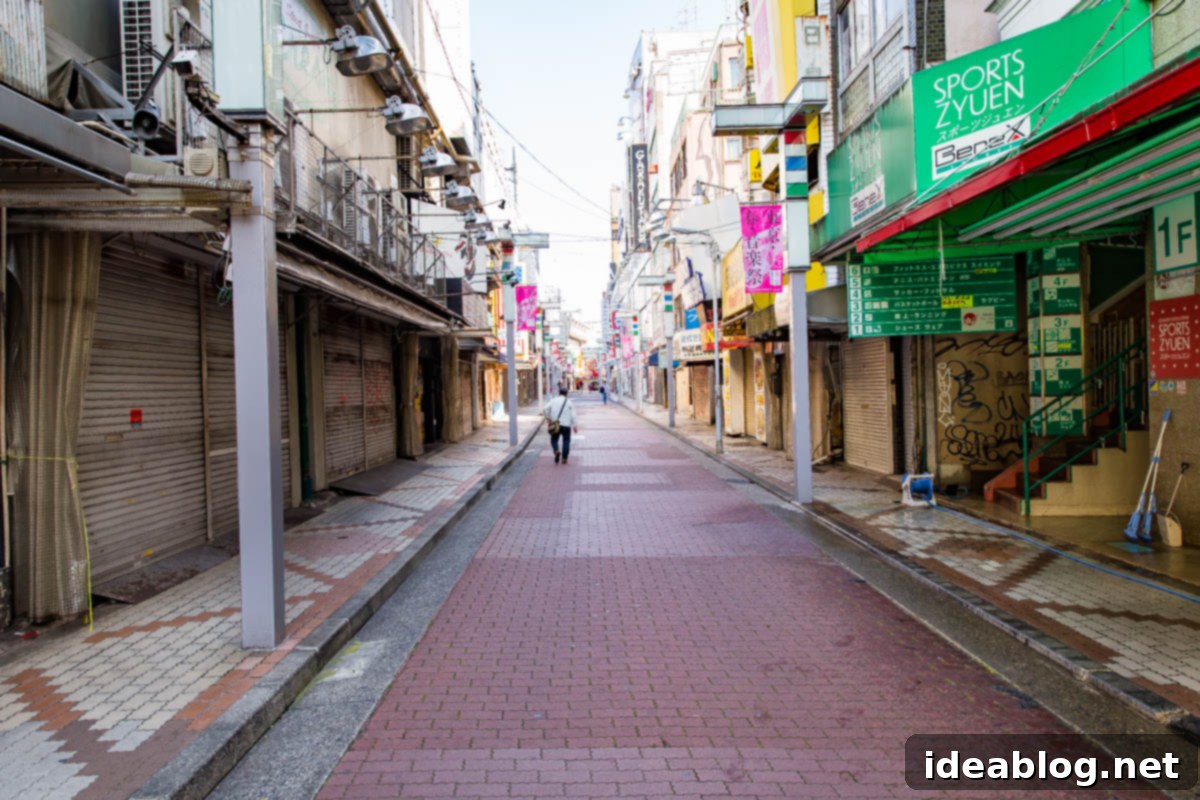
For more inspiring travel-related posts and guides, be sure to visit my dedicated travel page!
